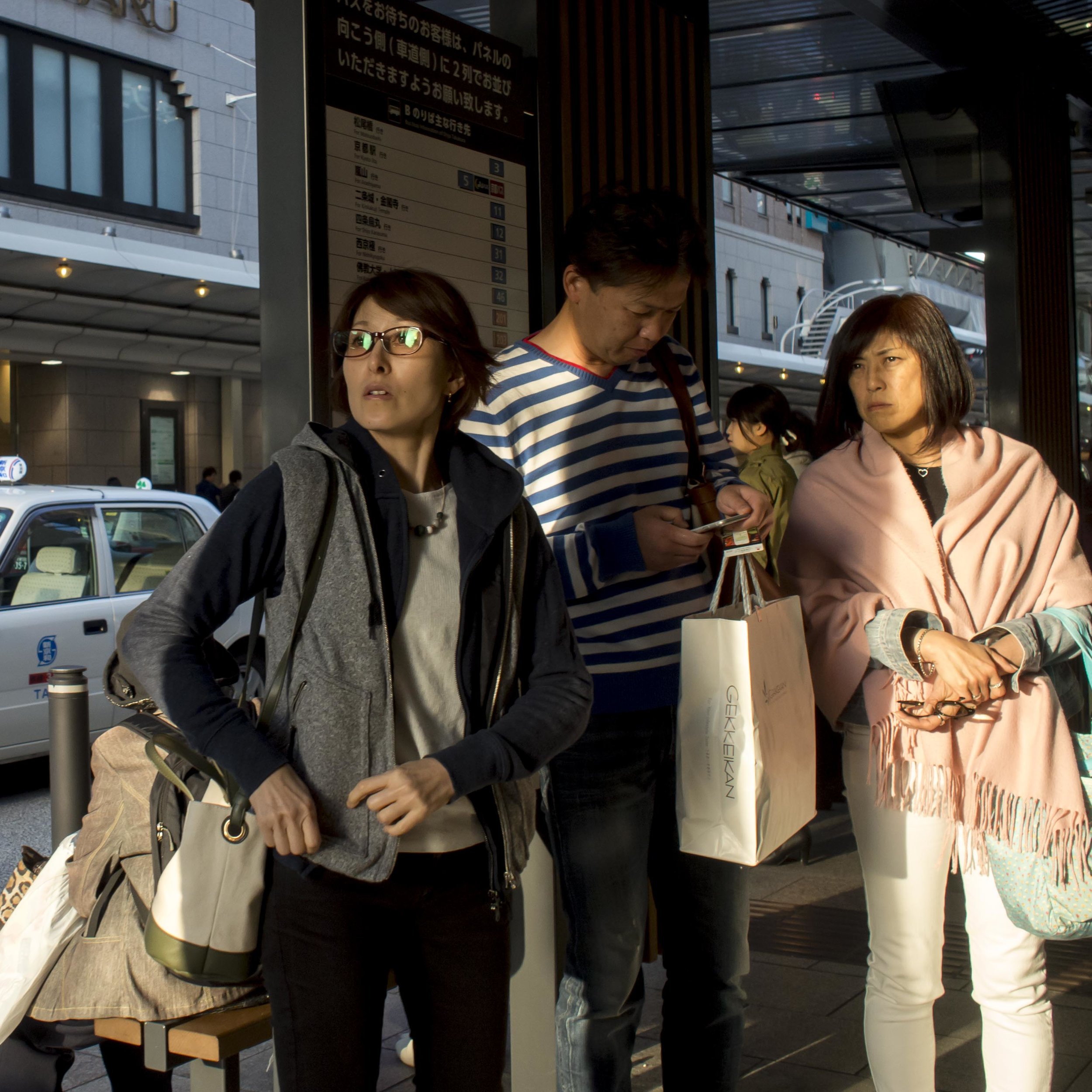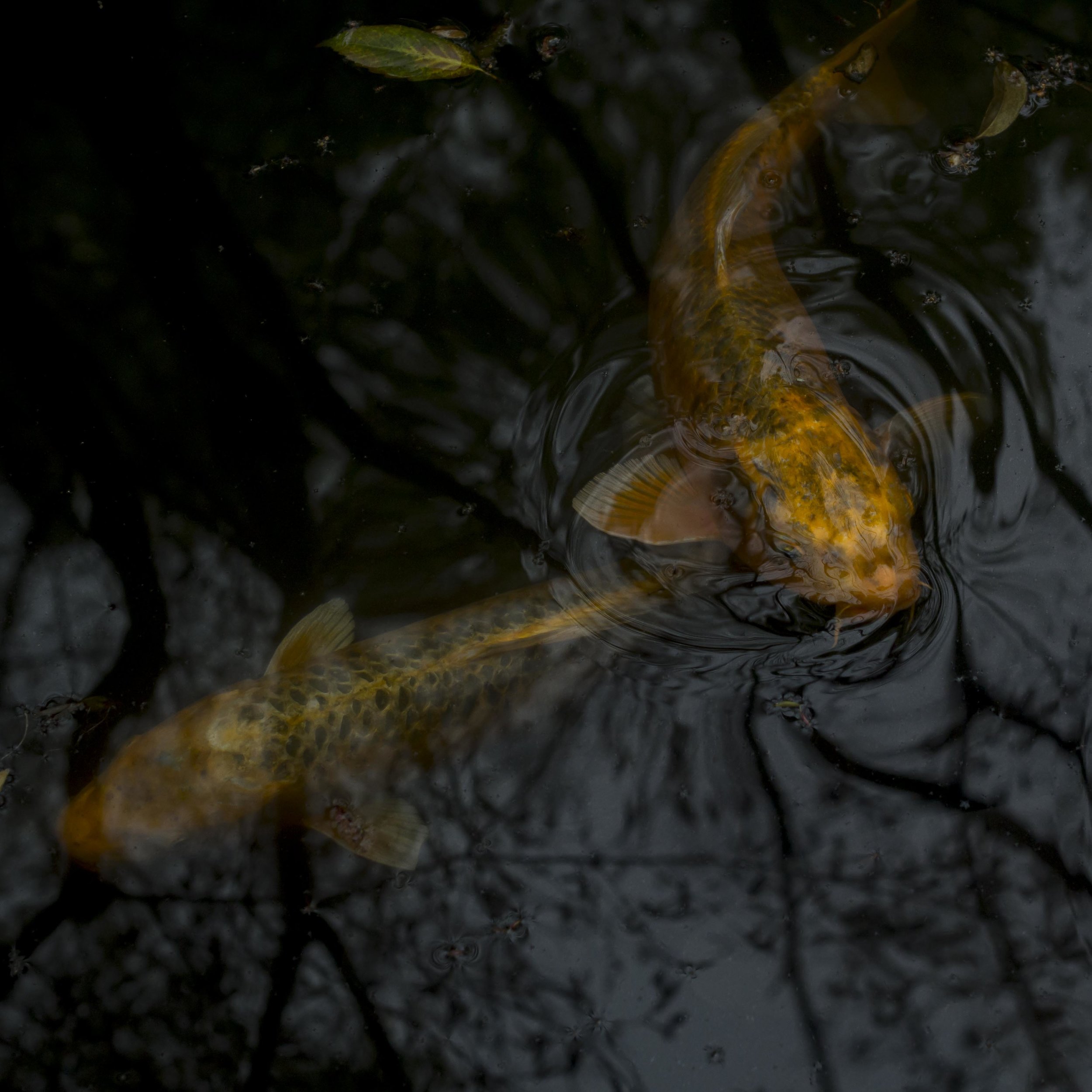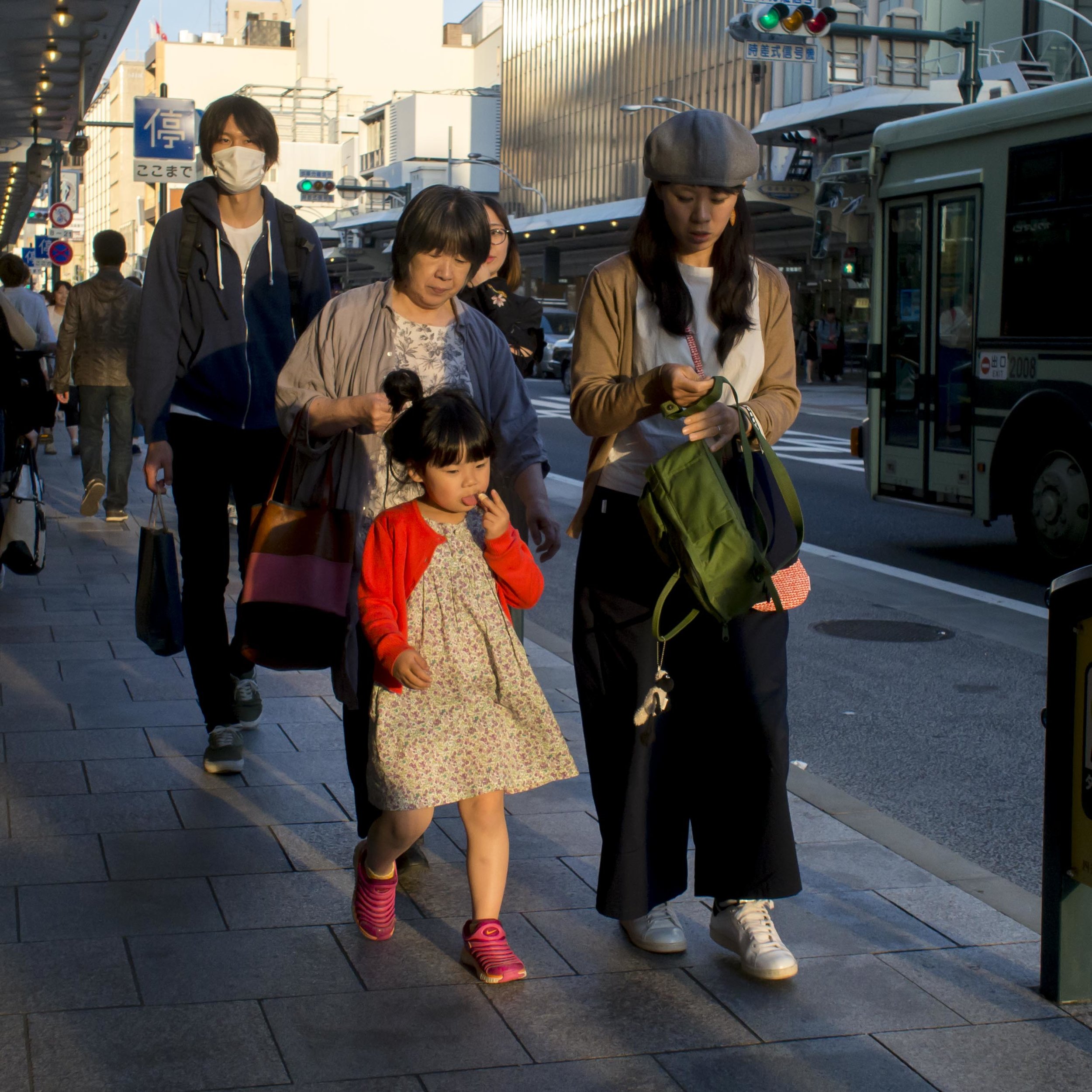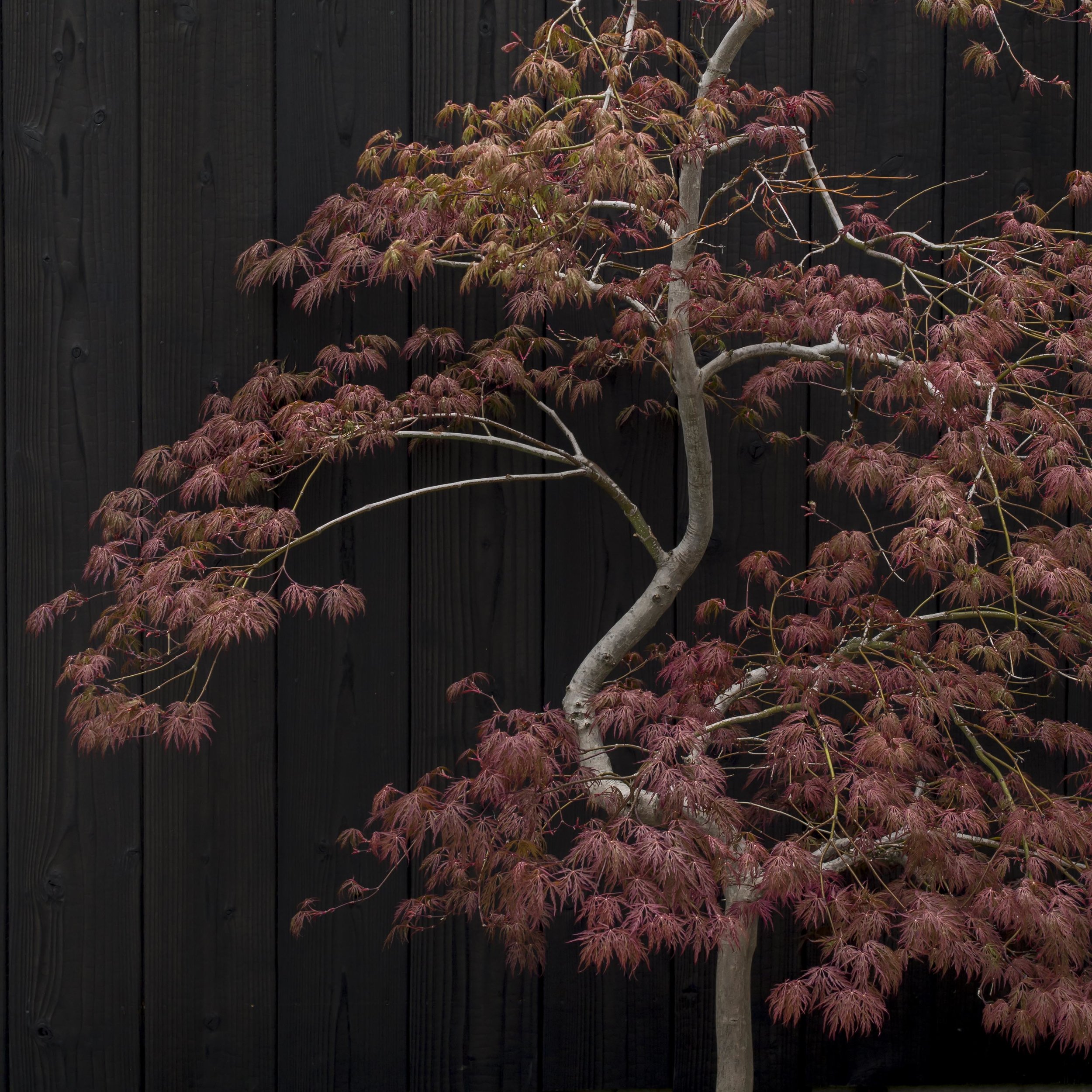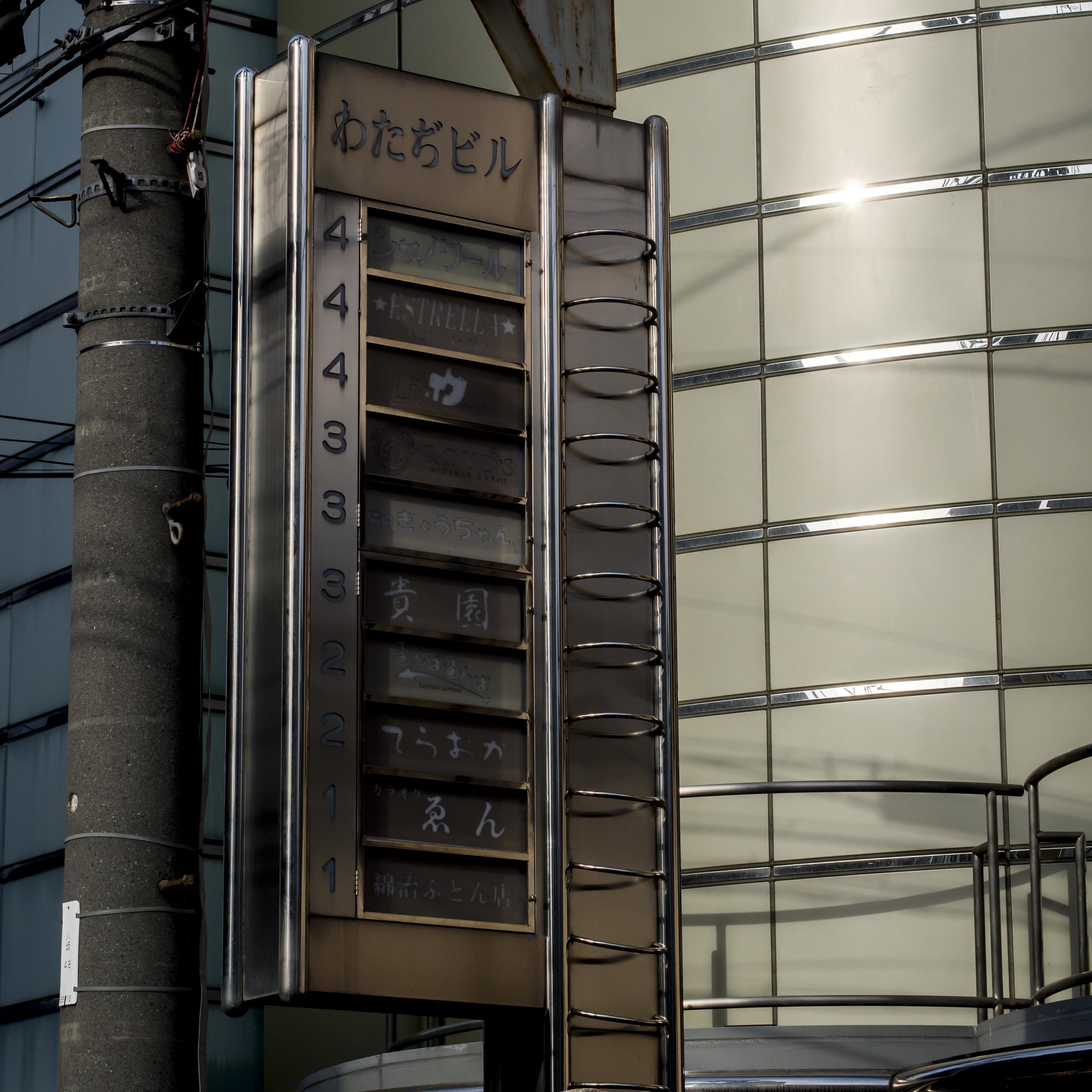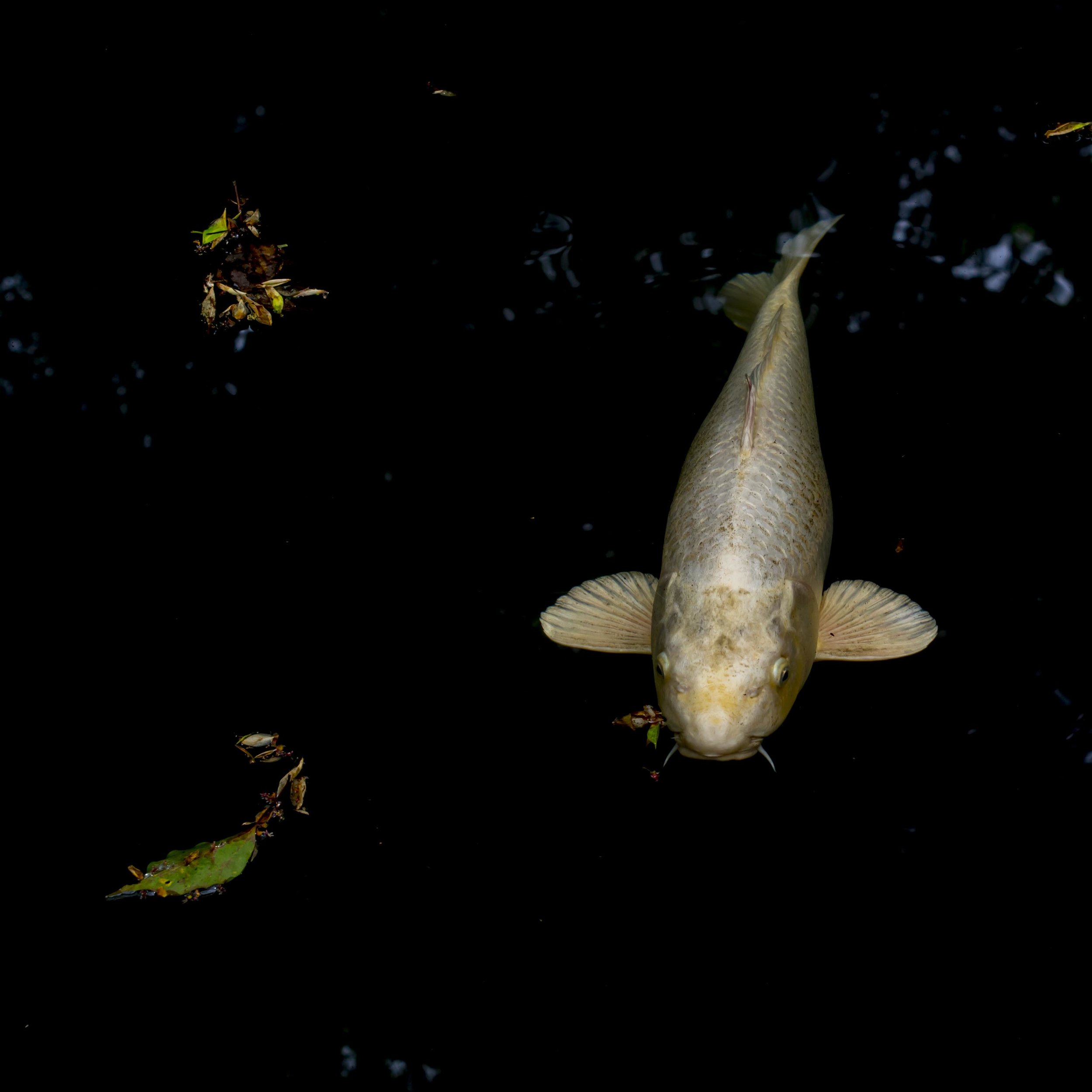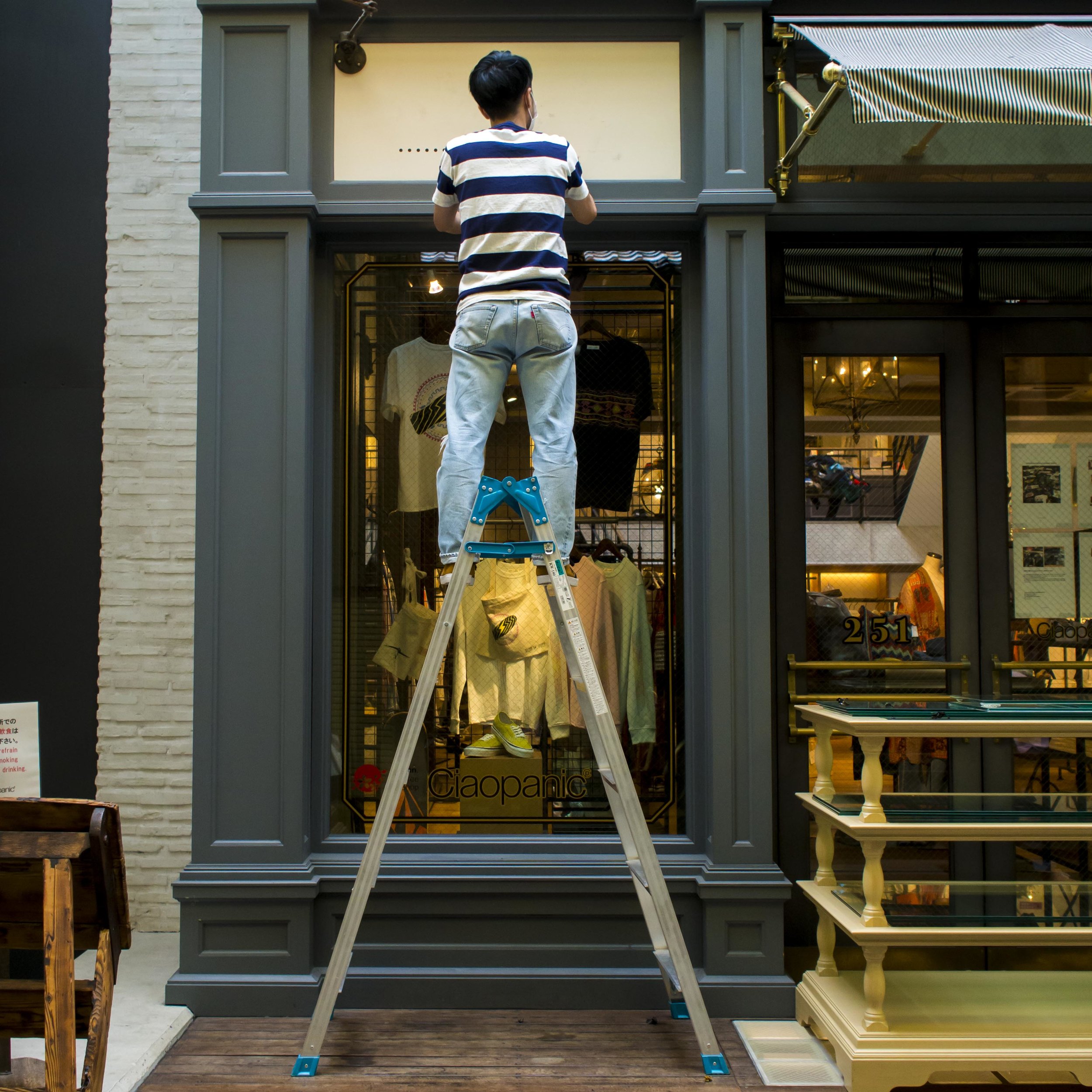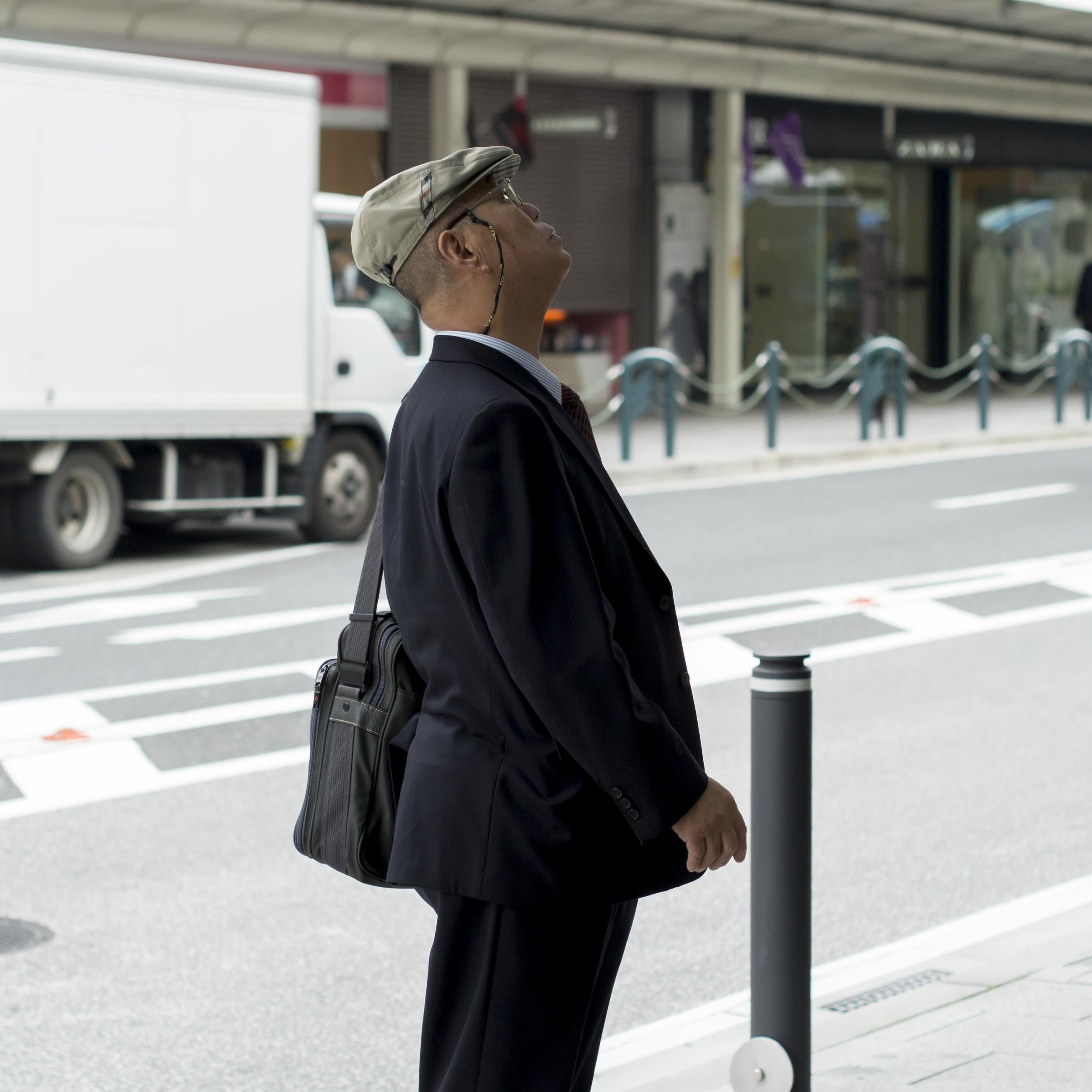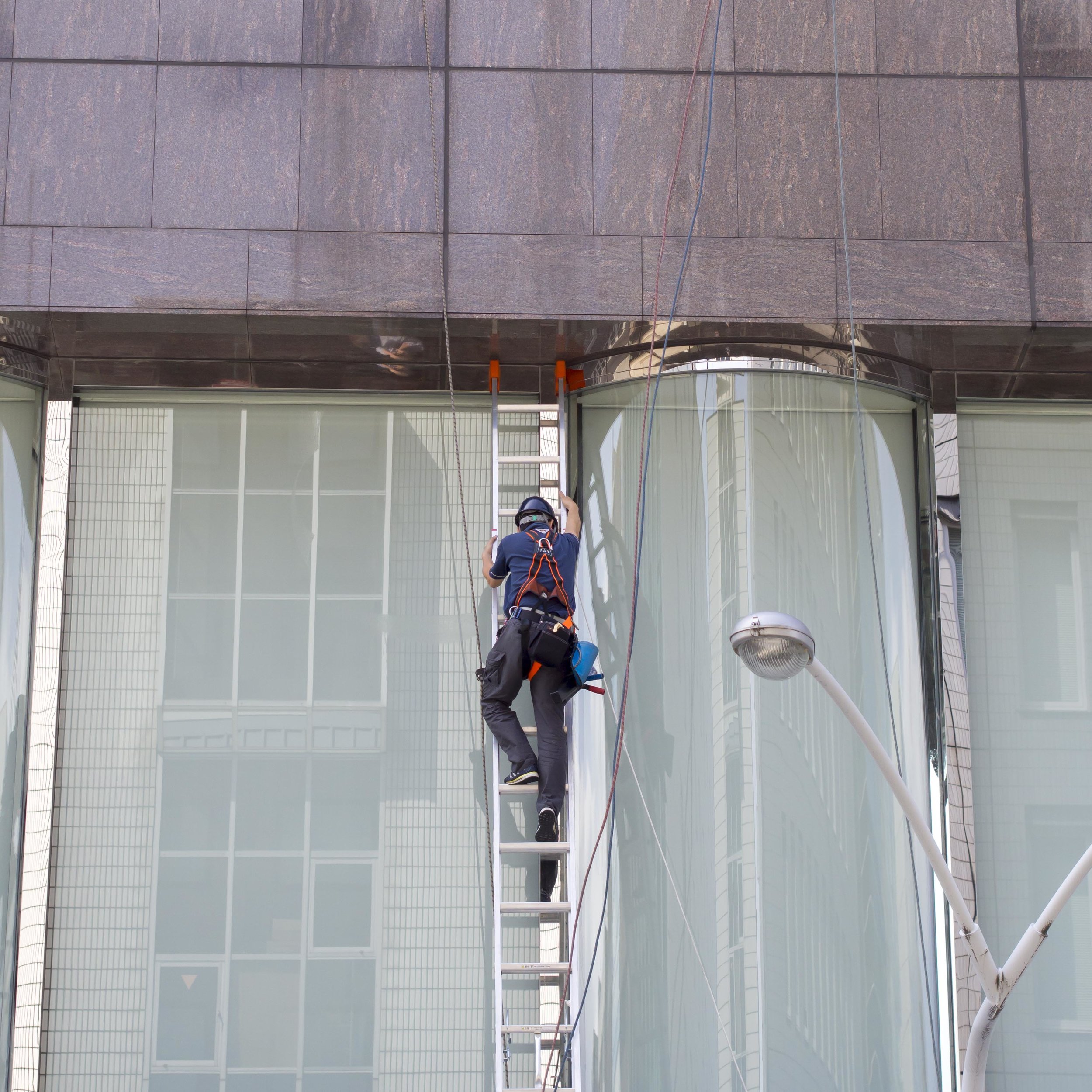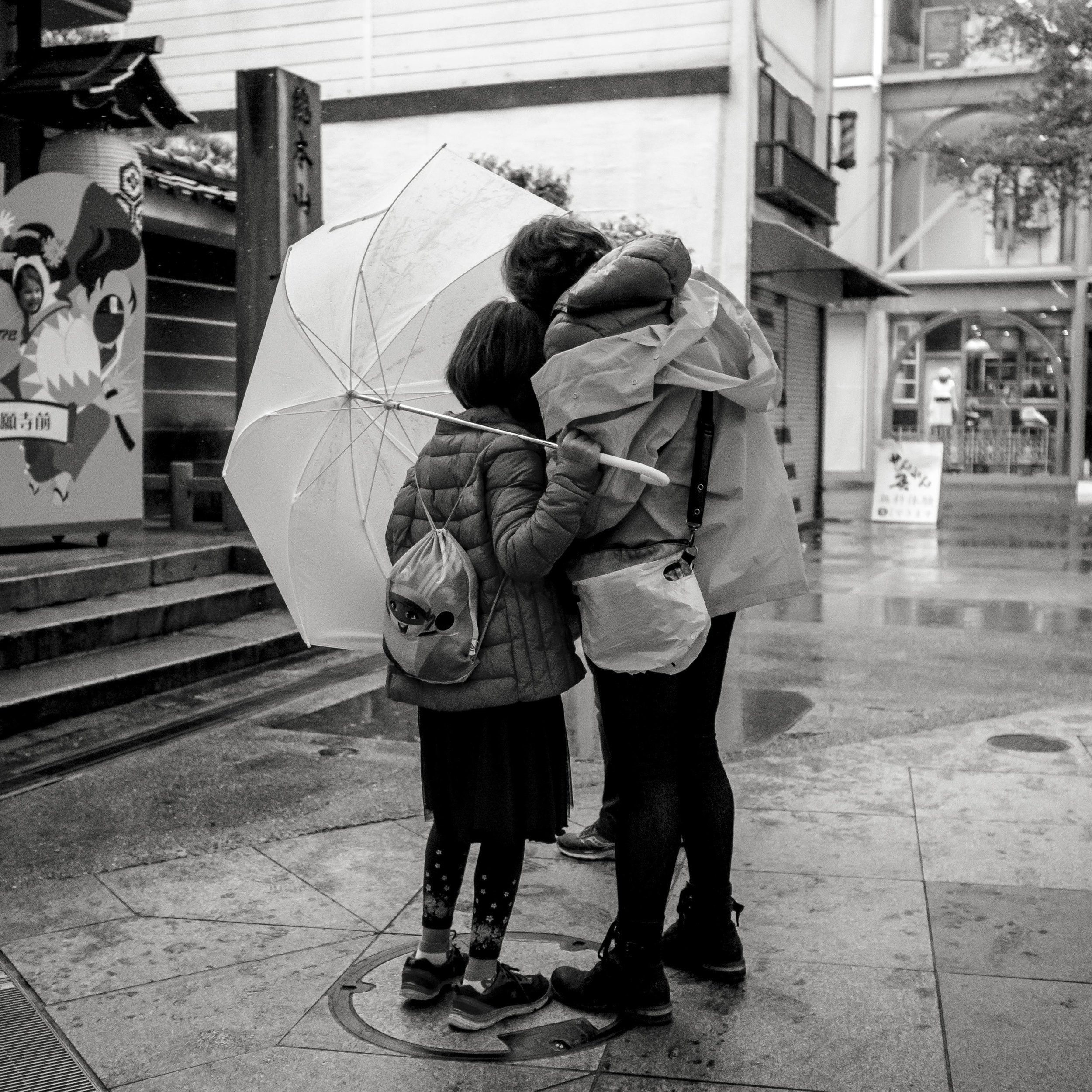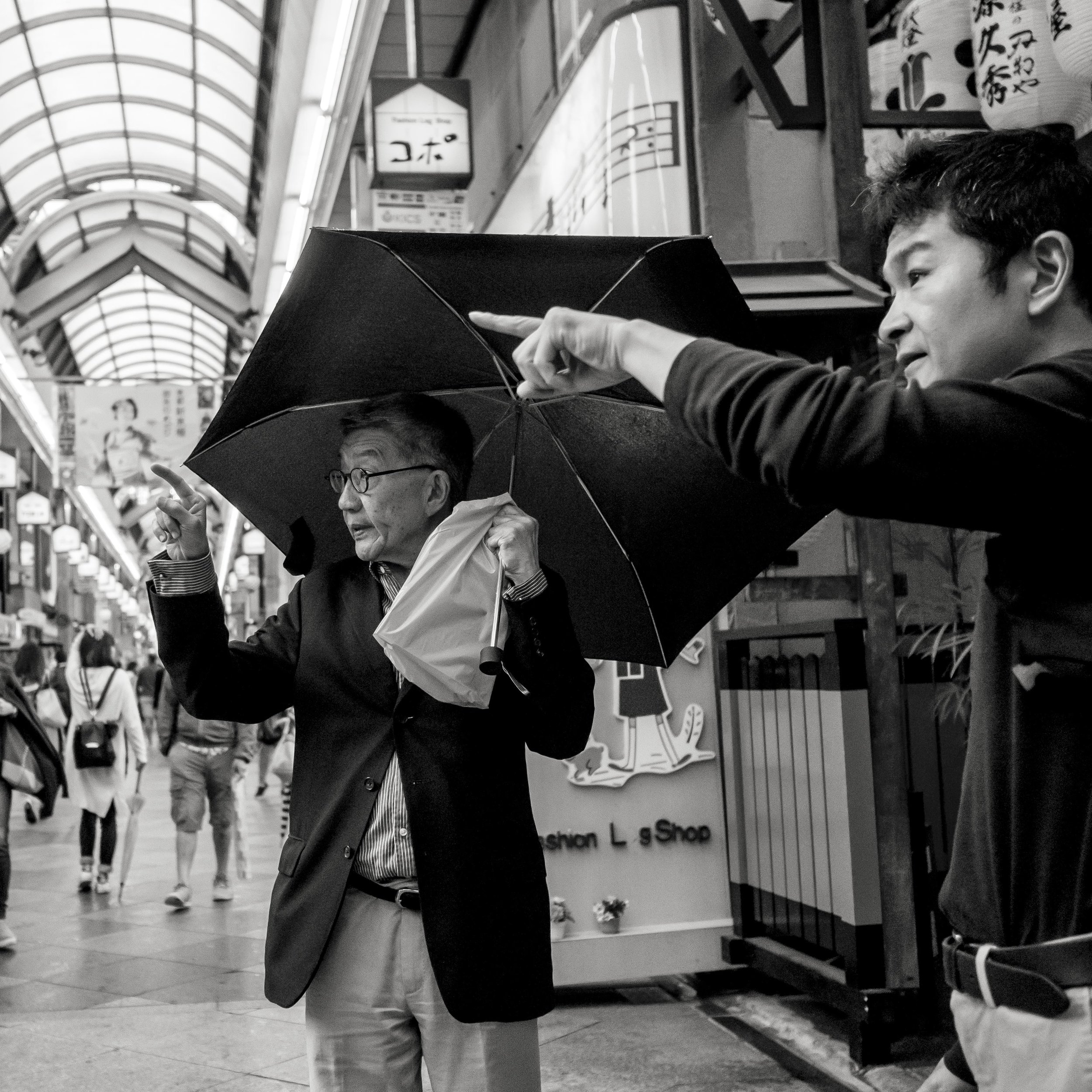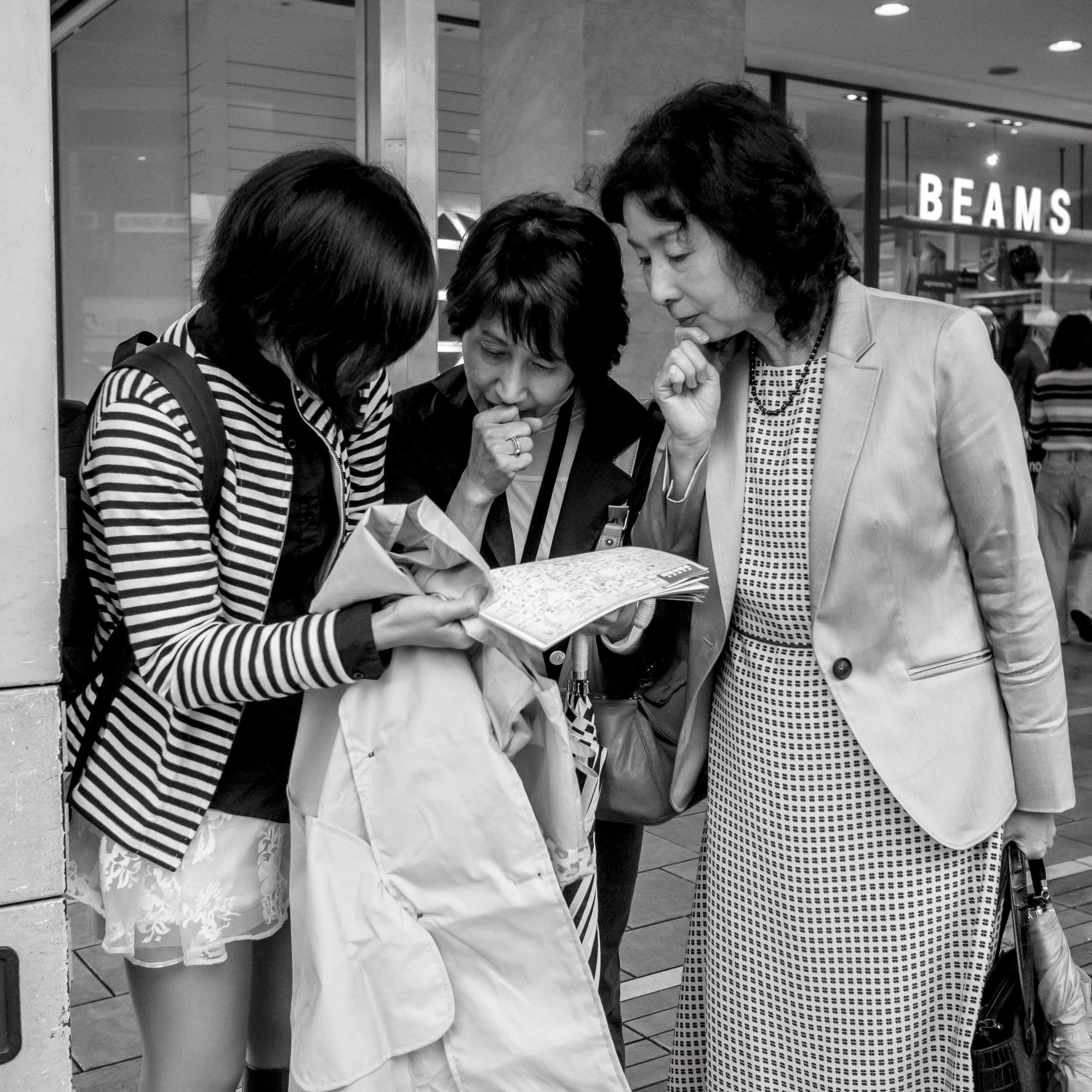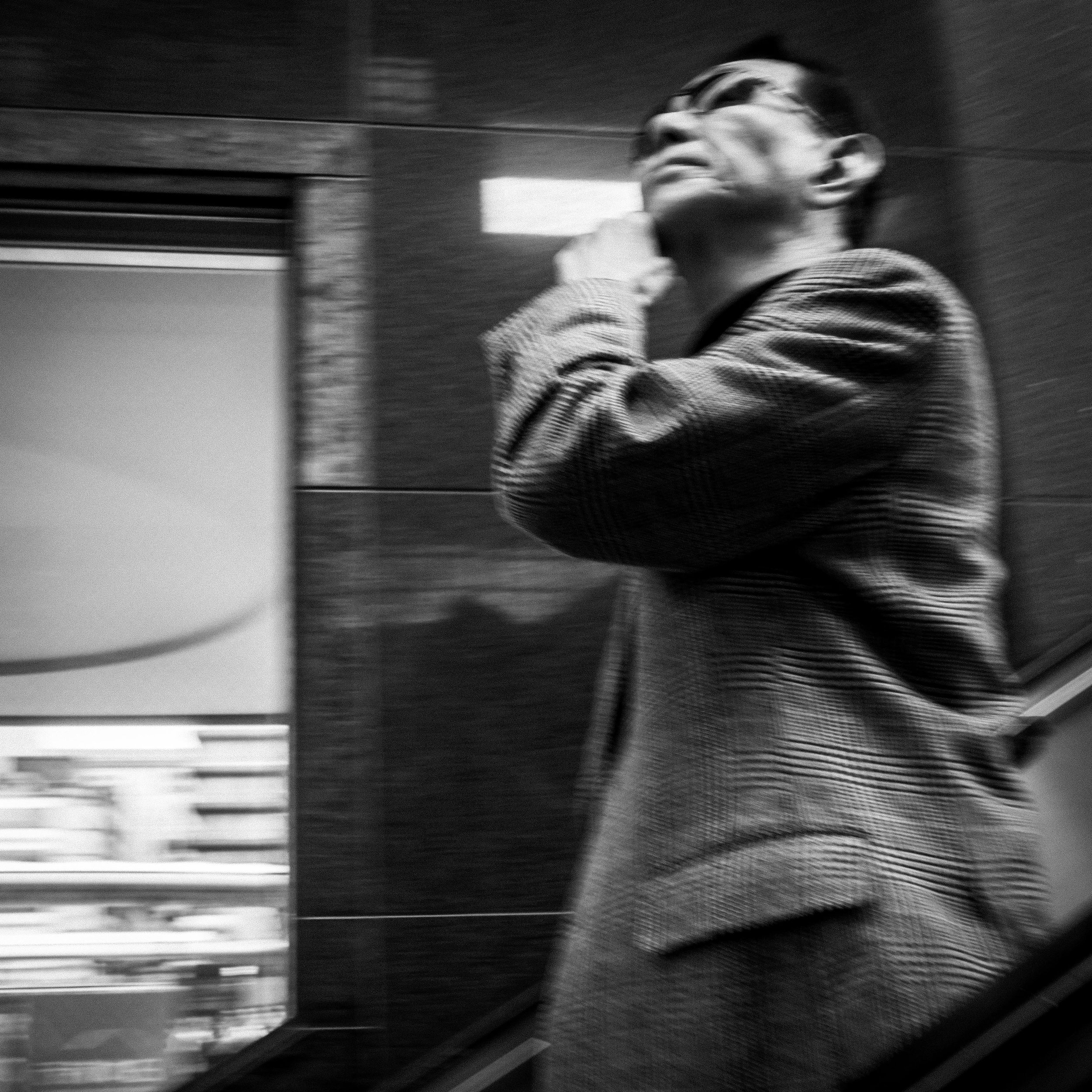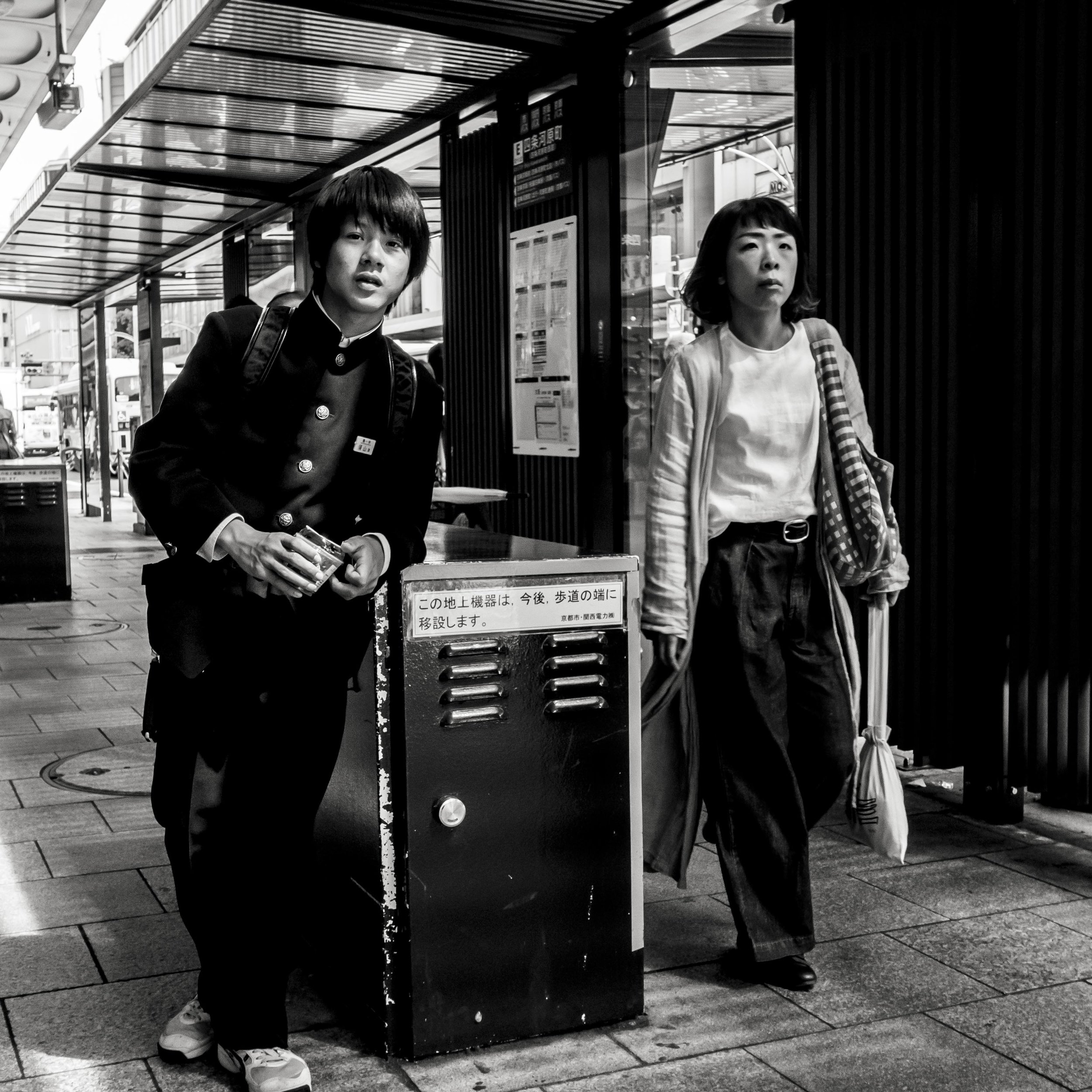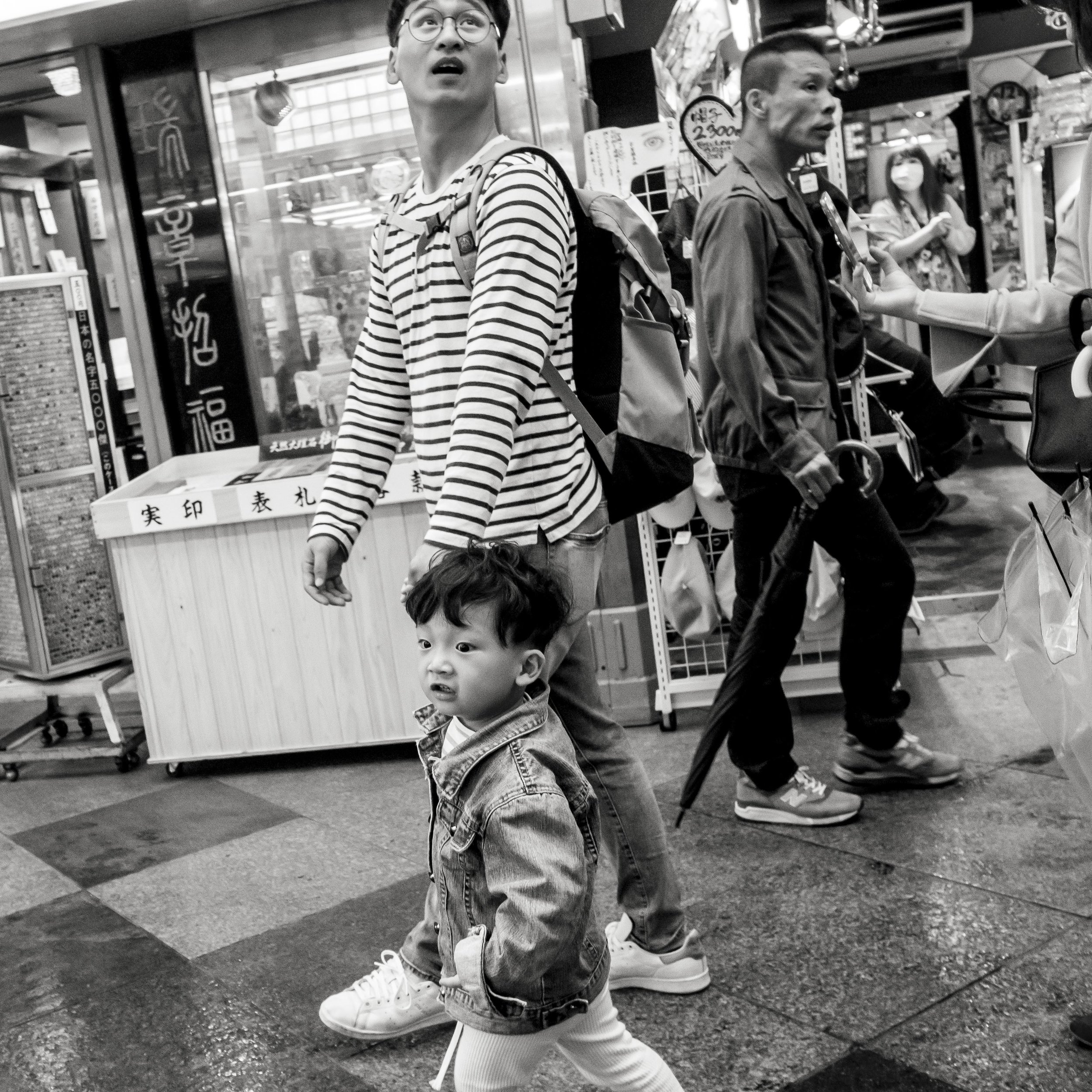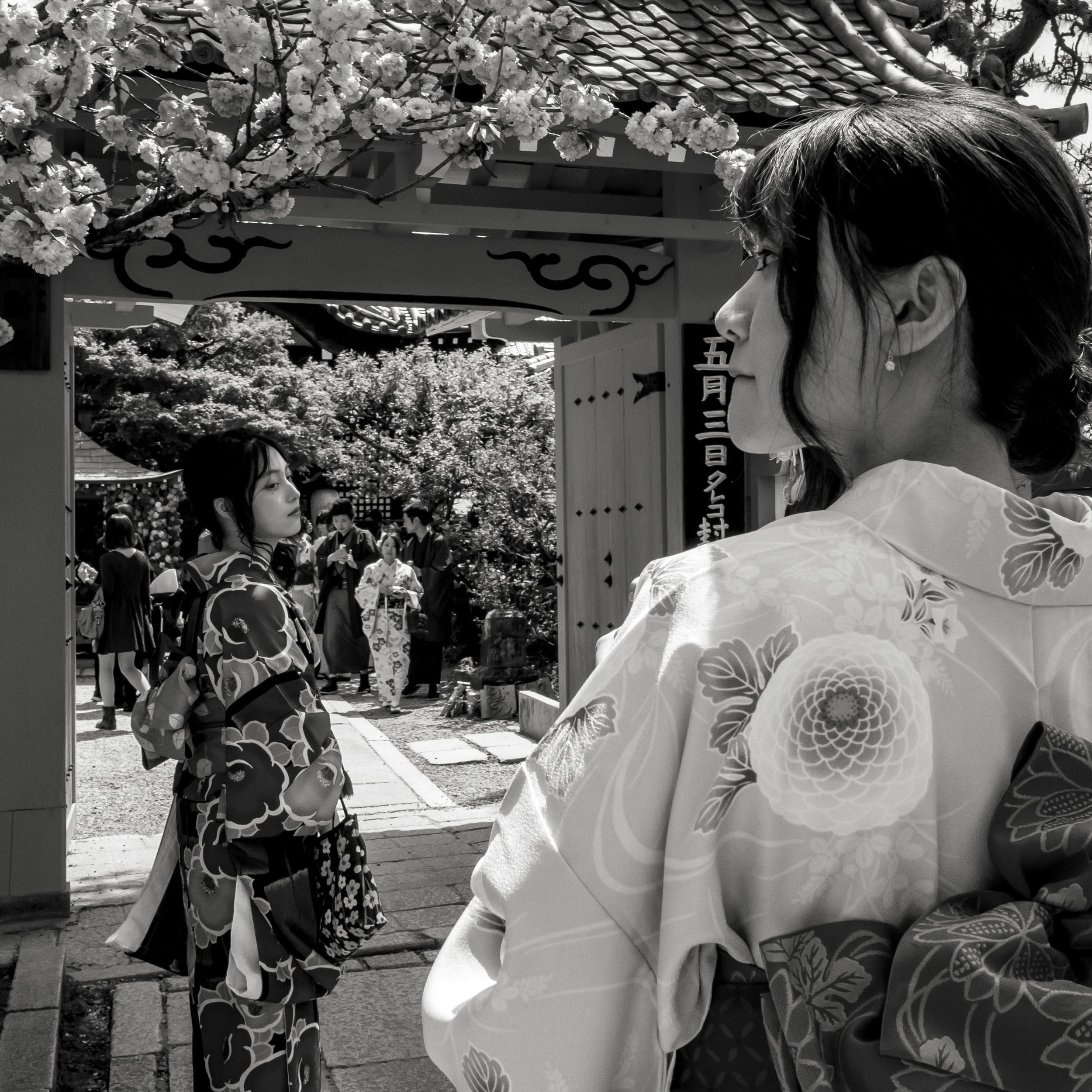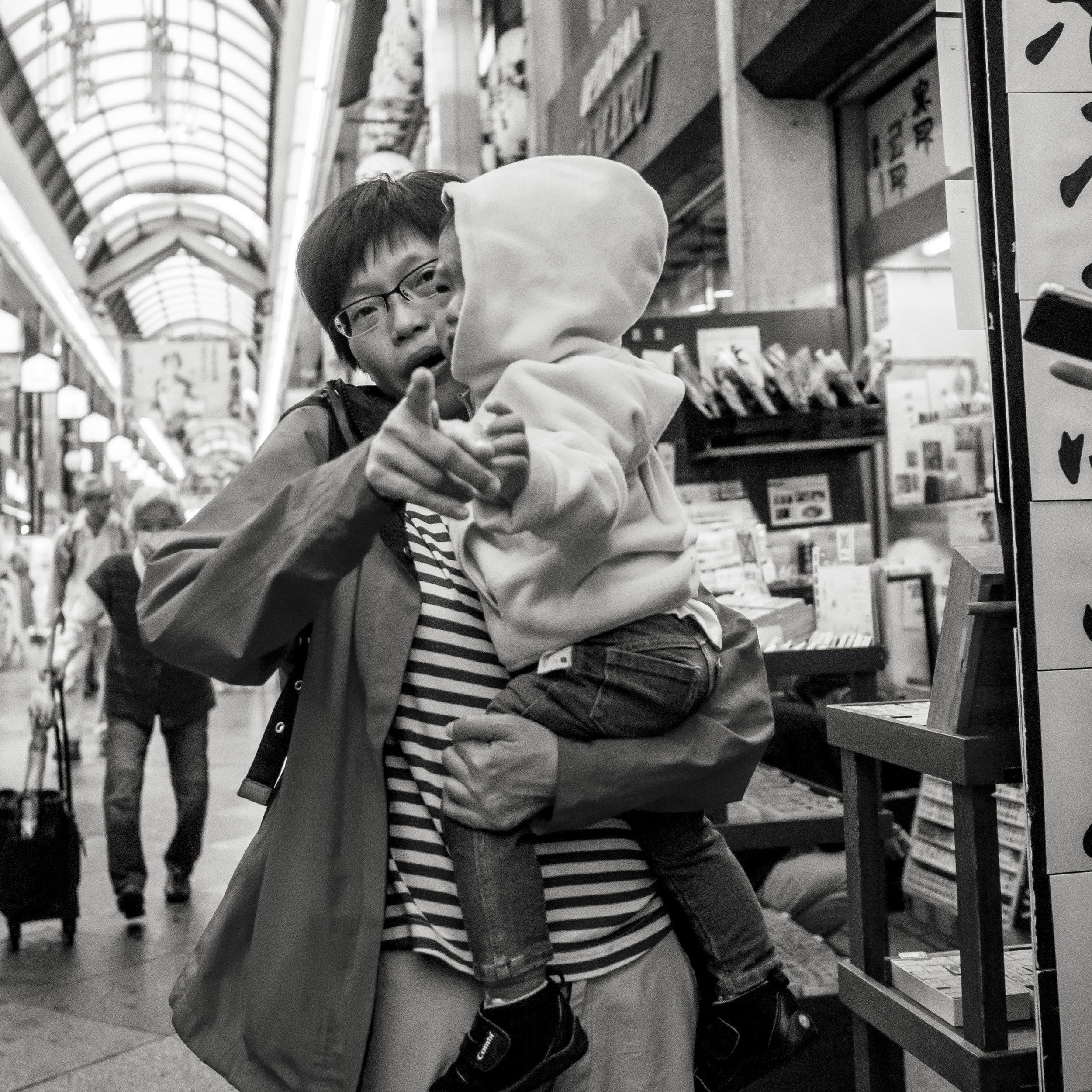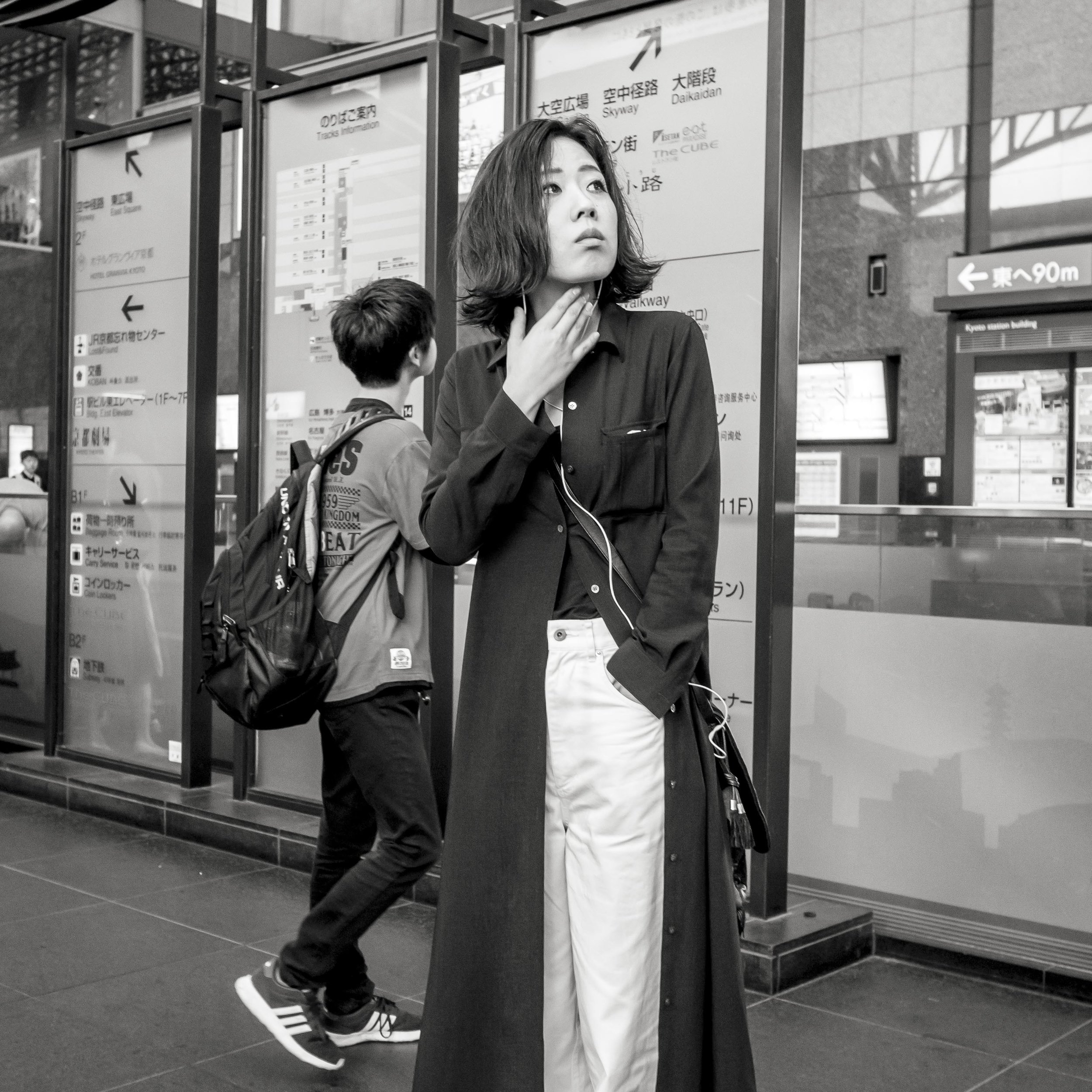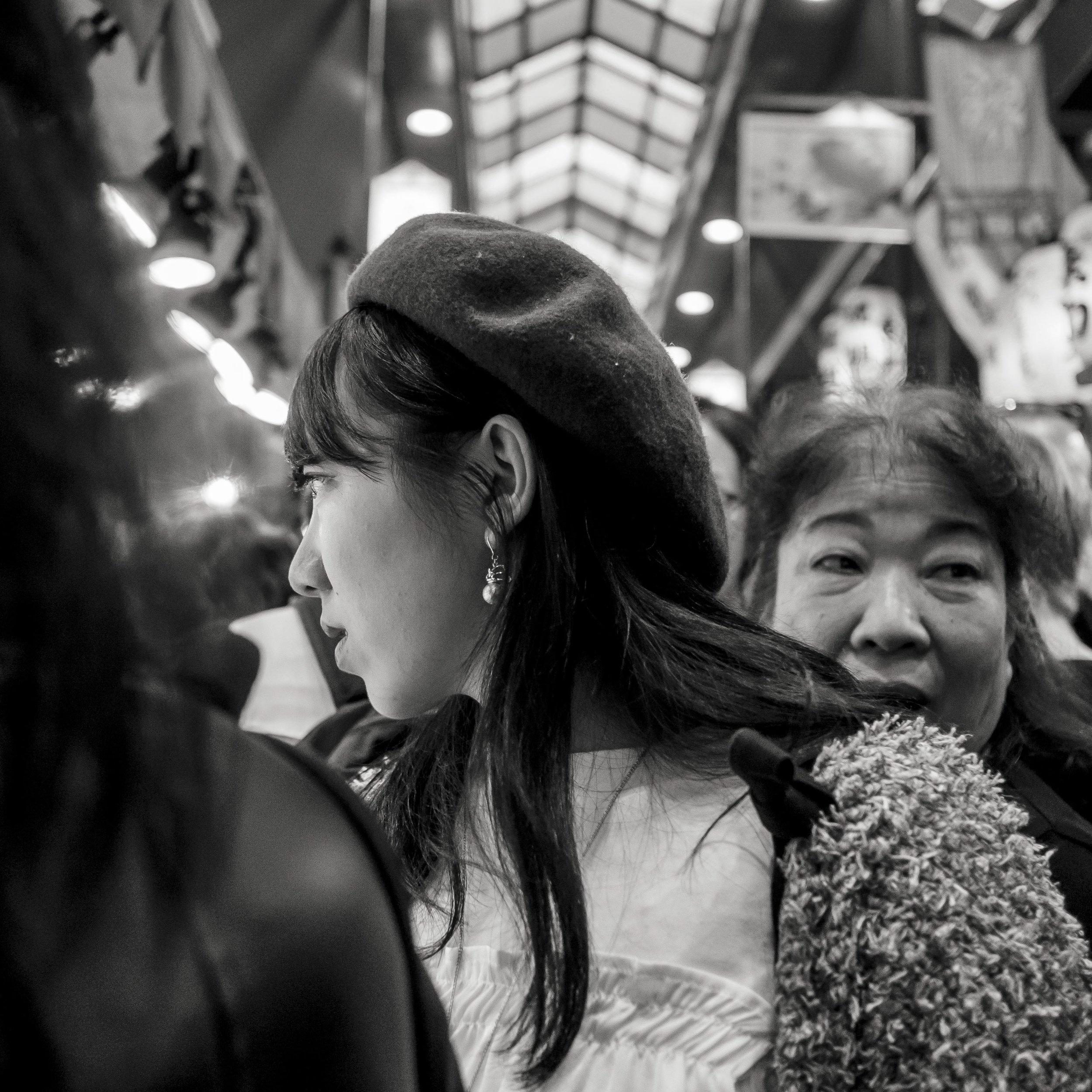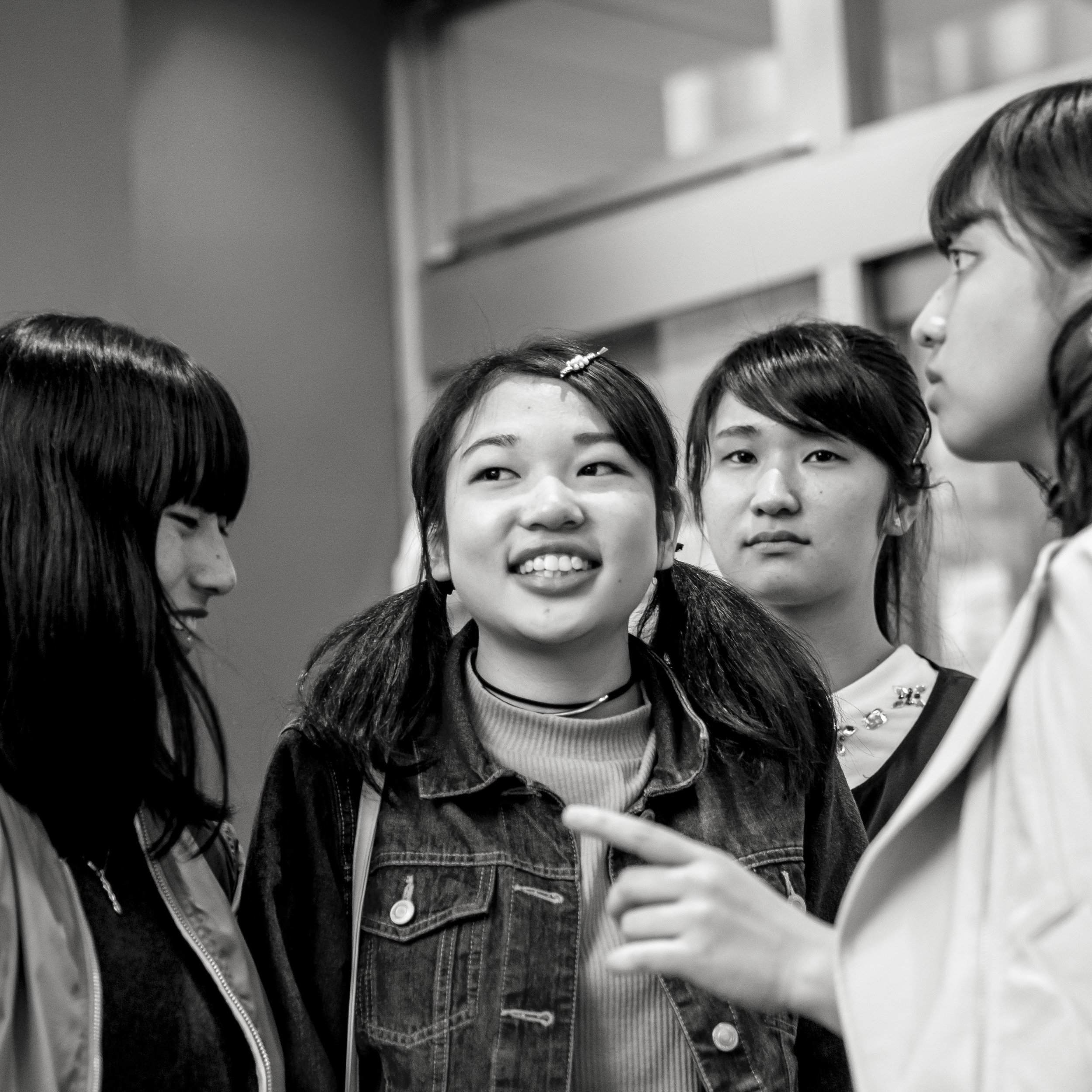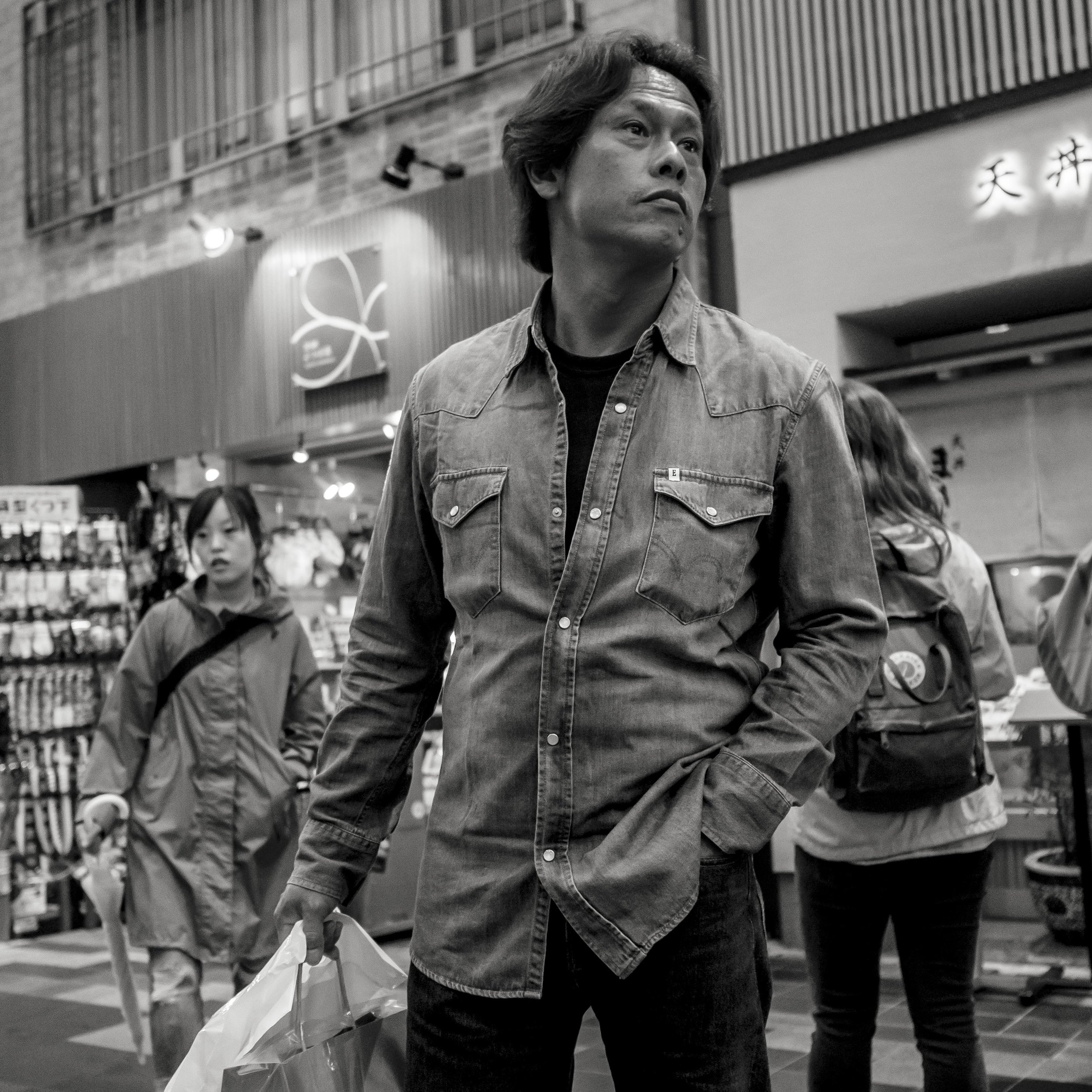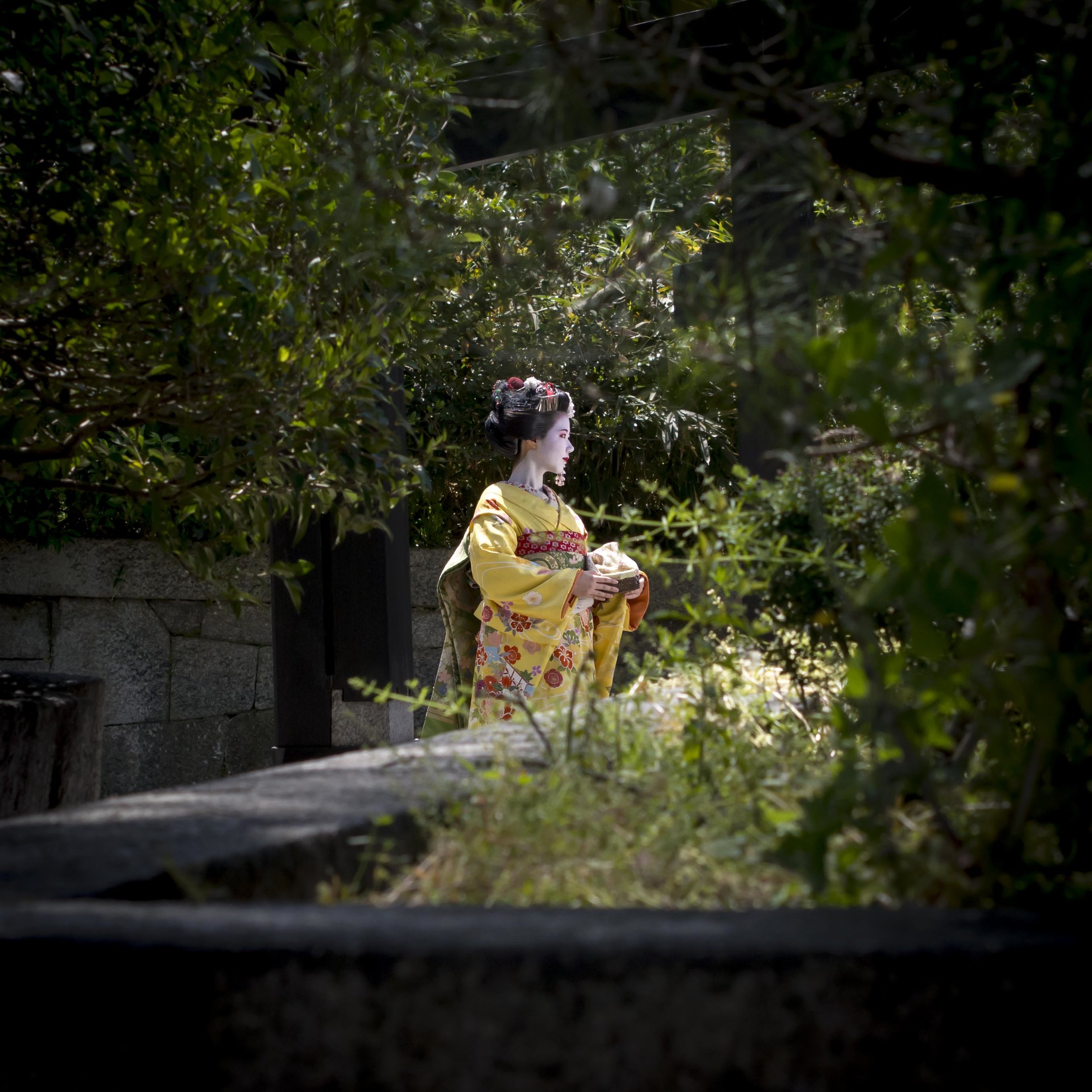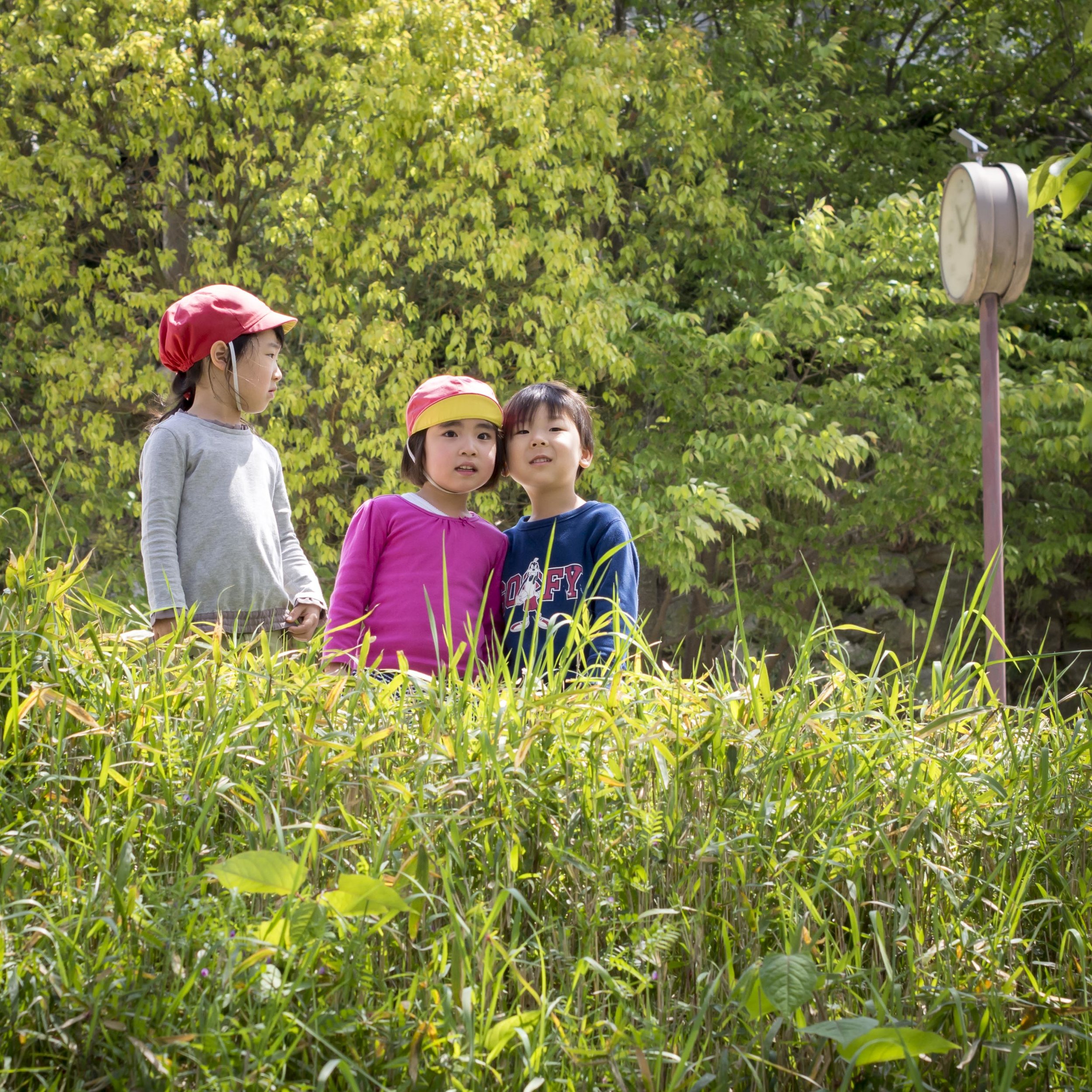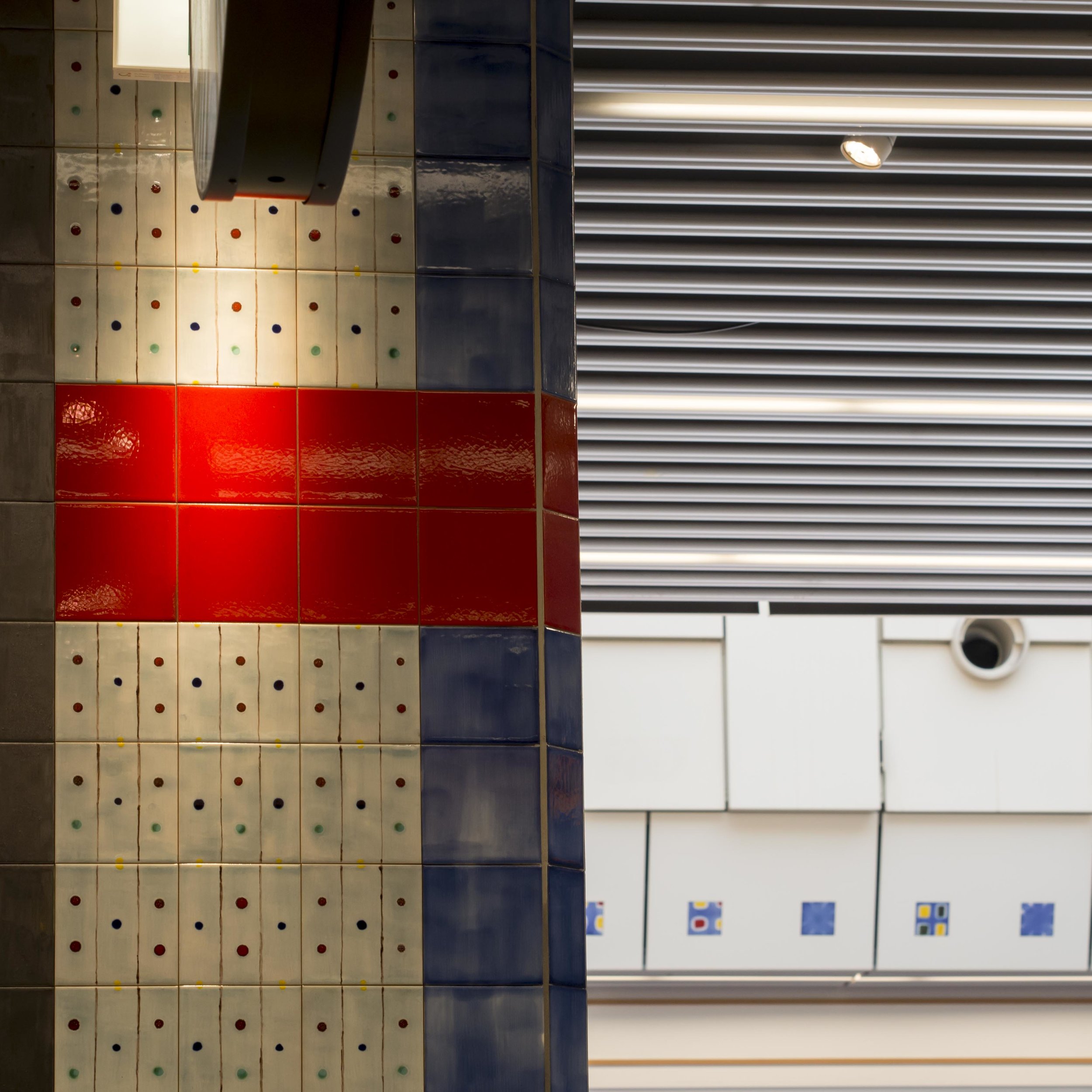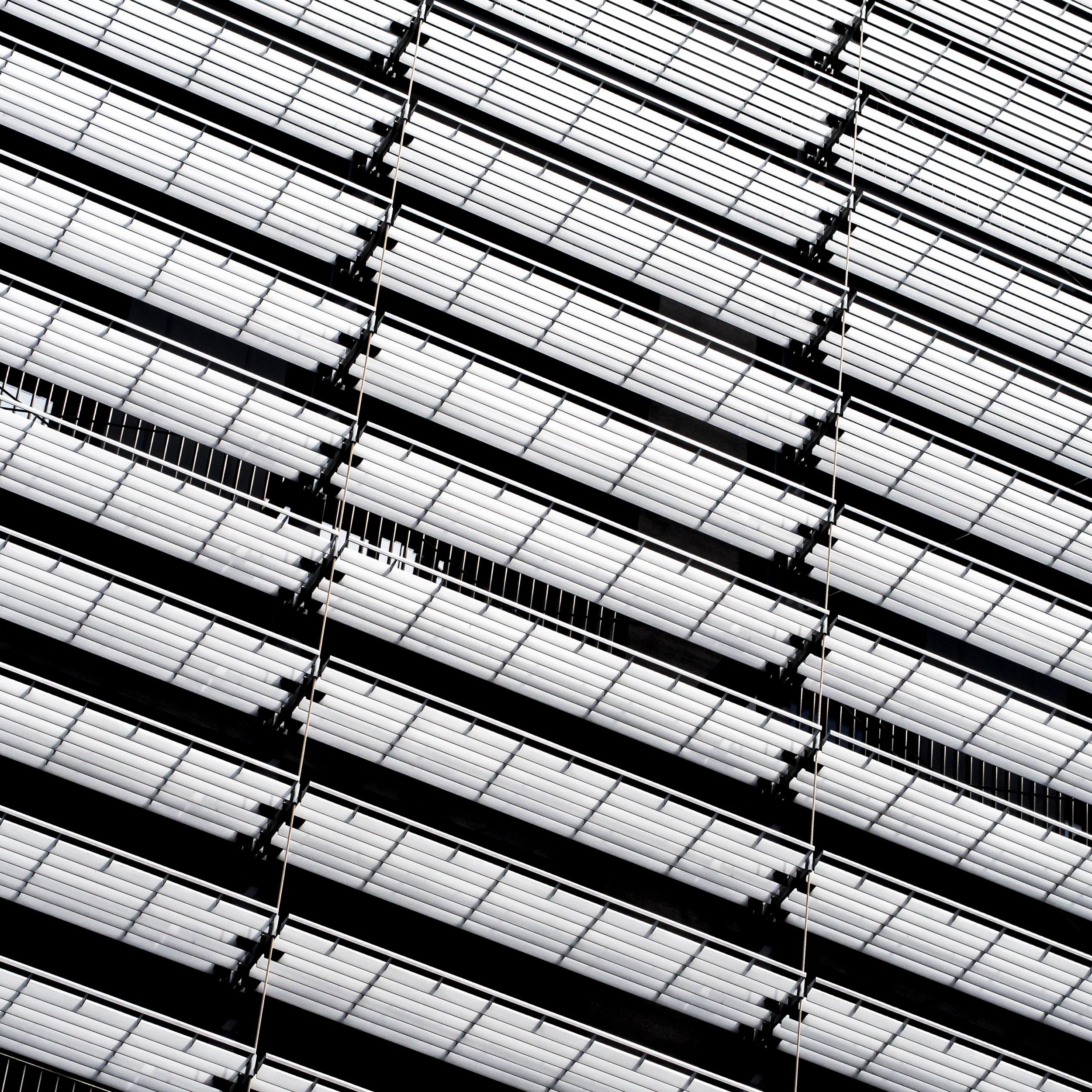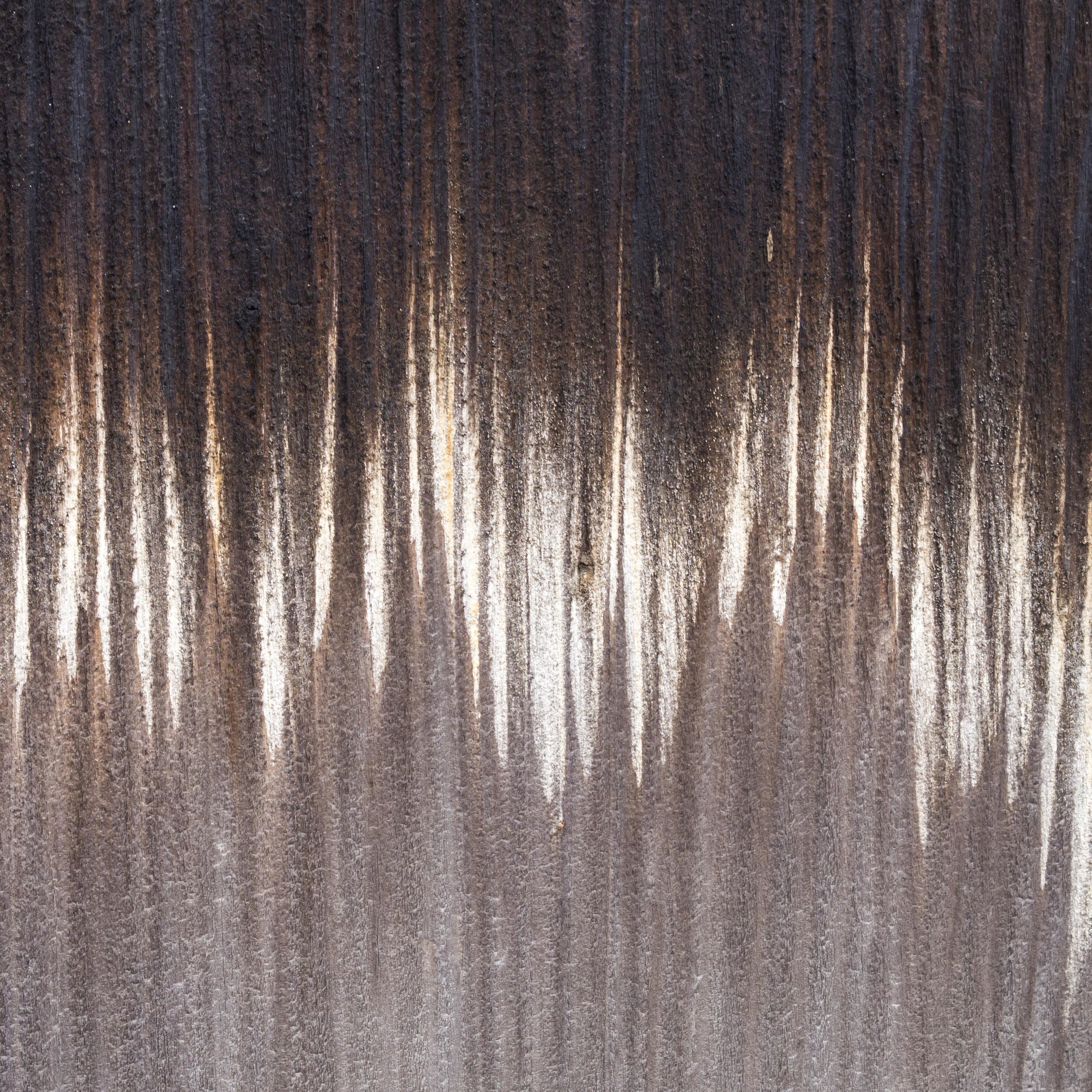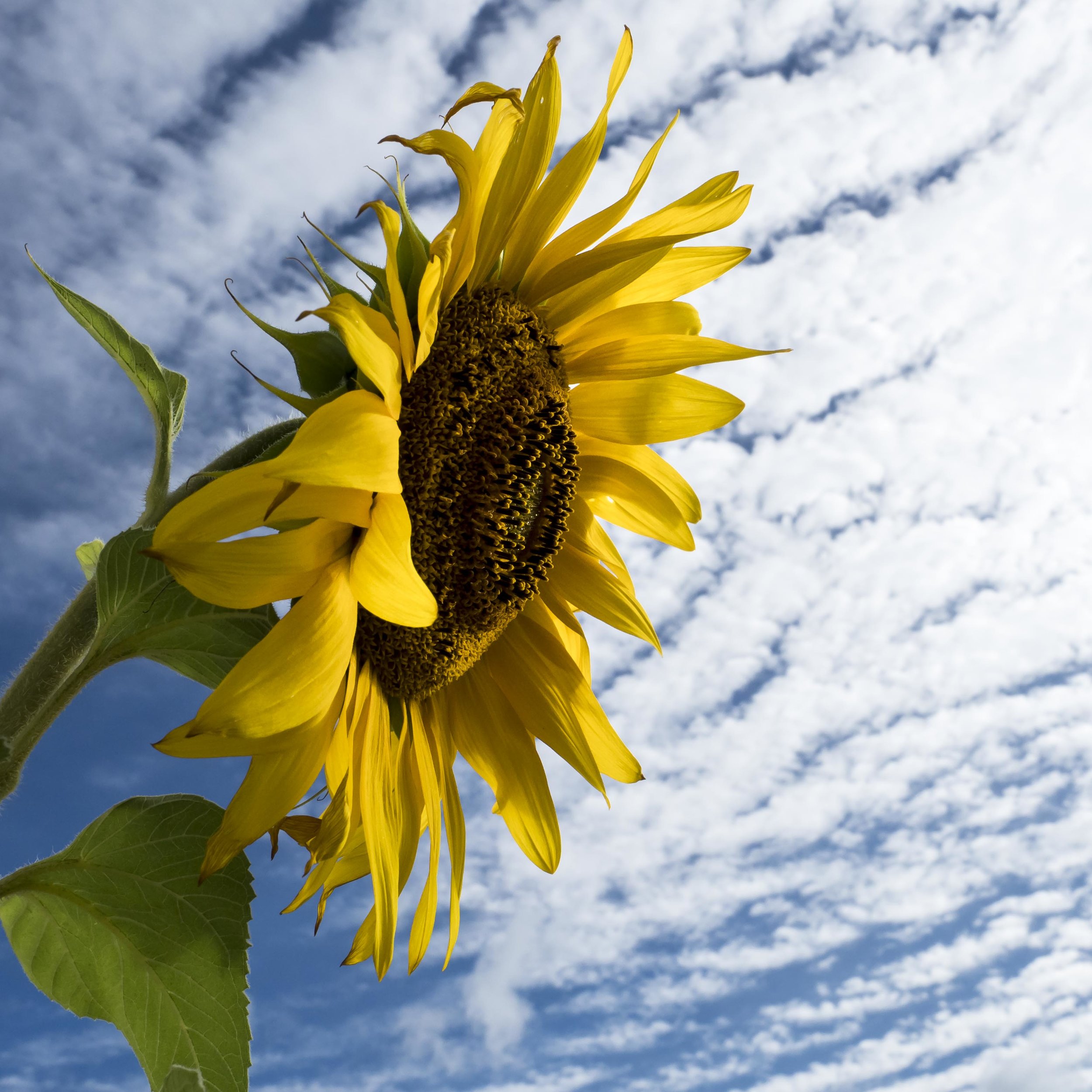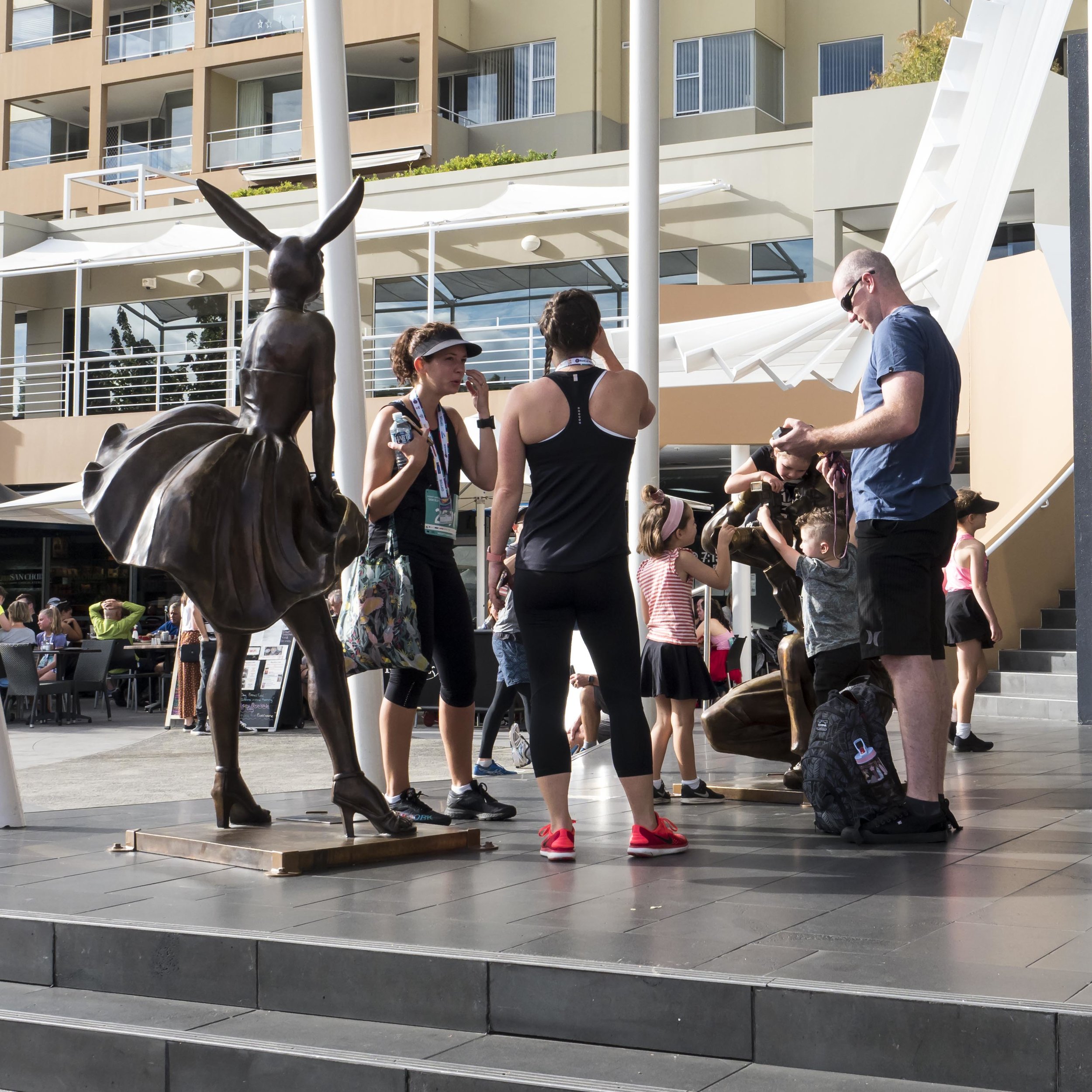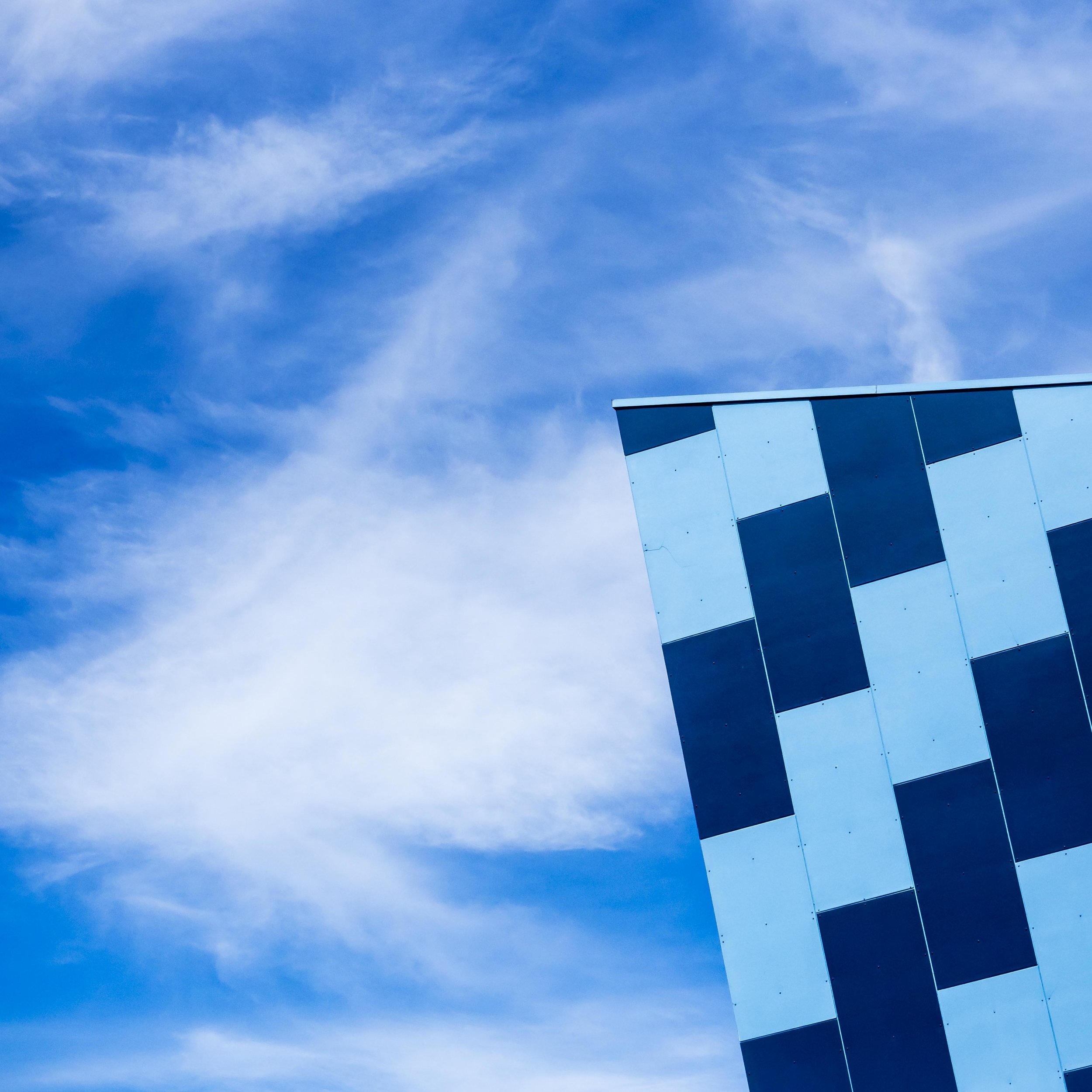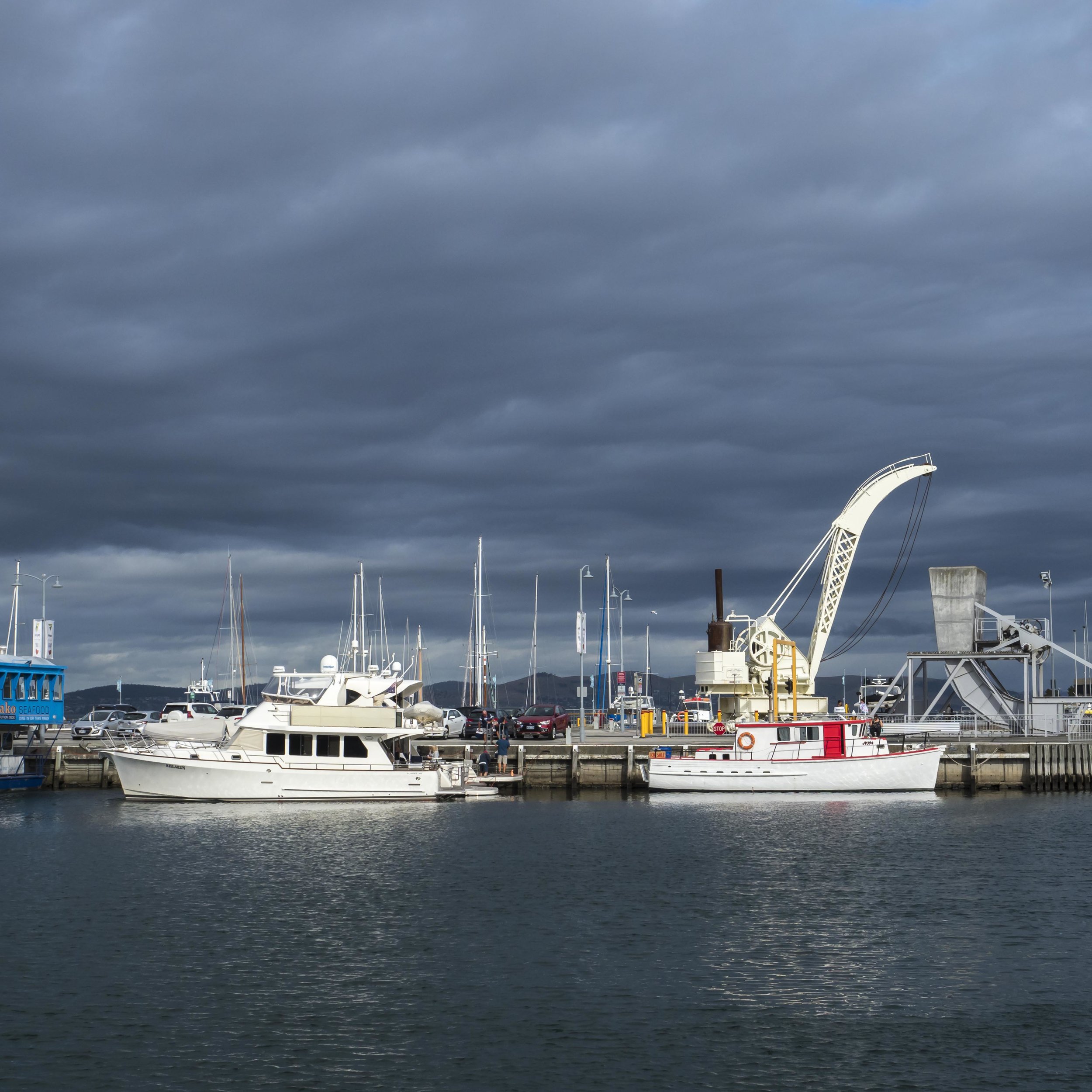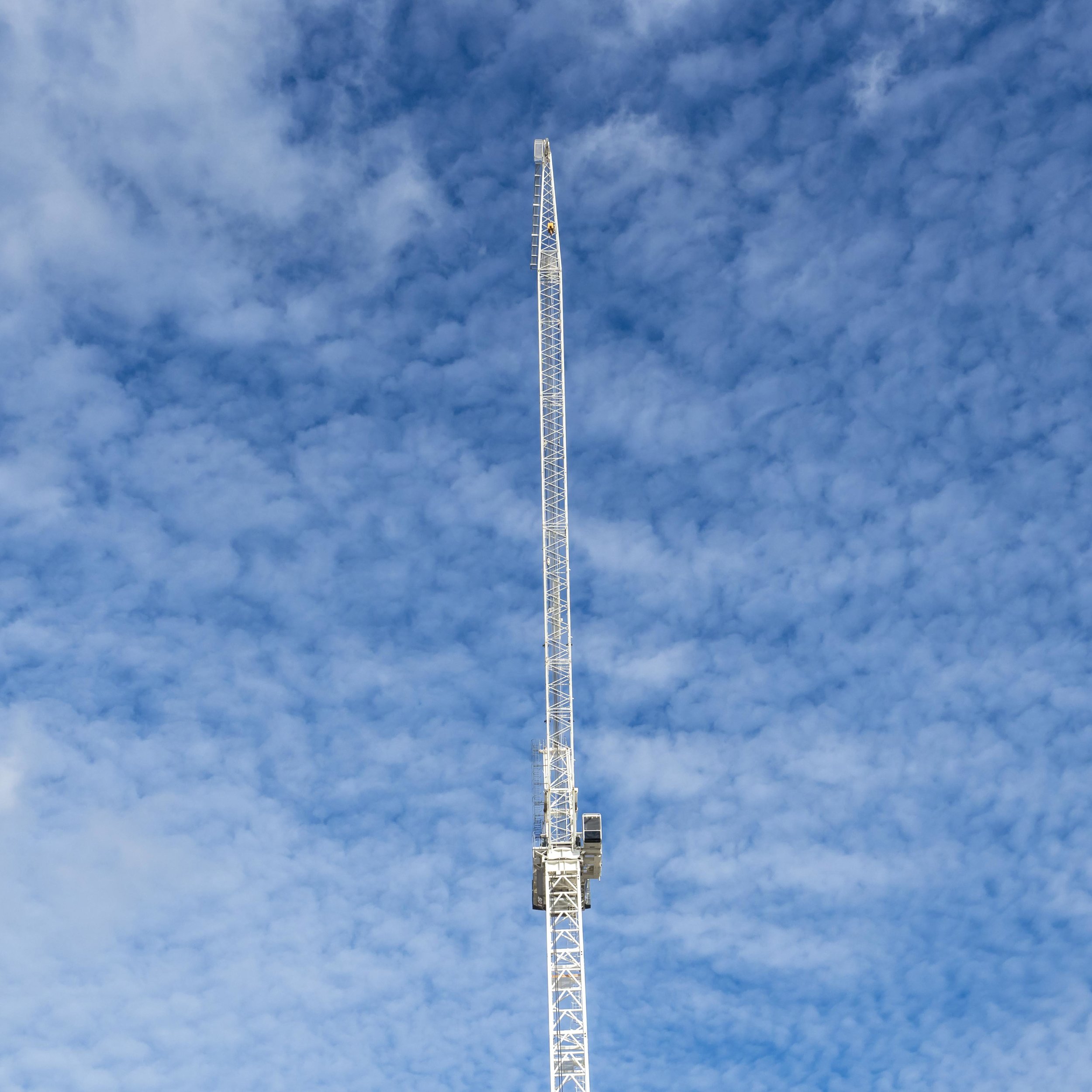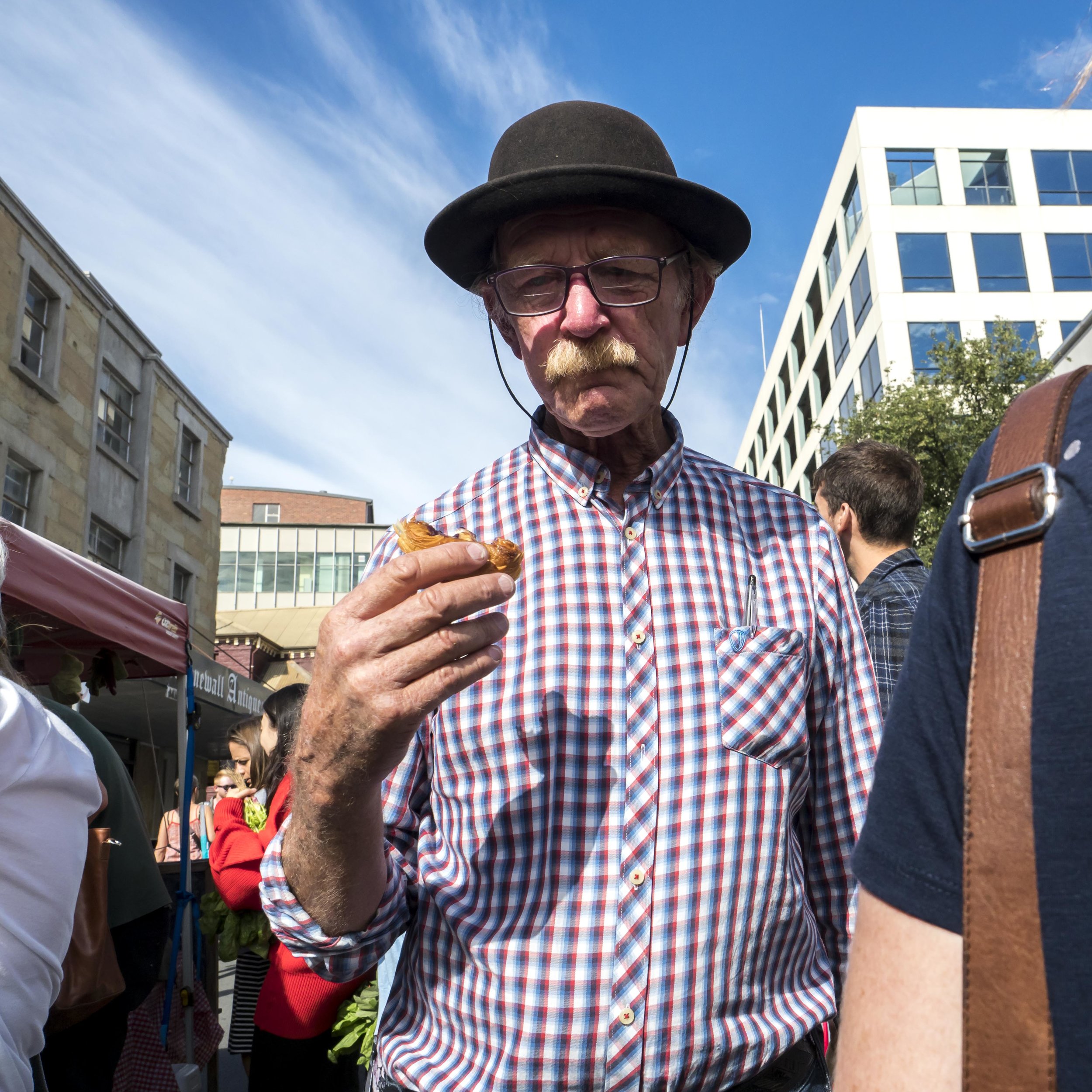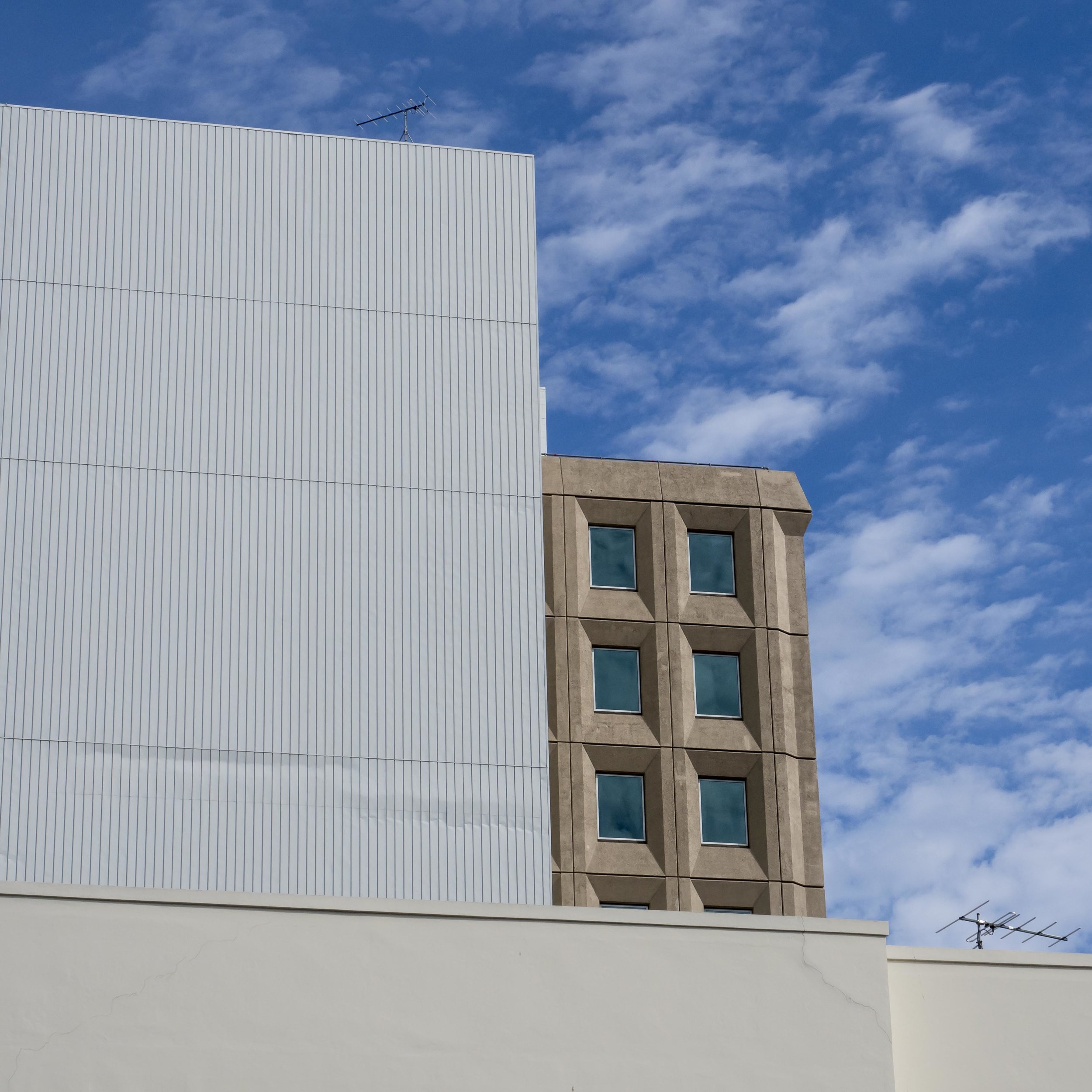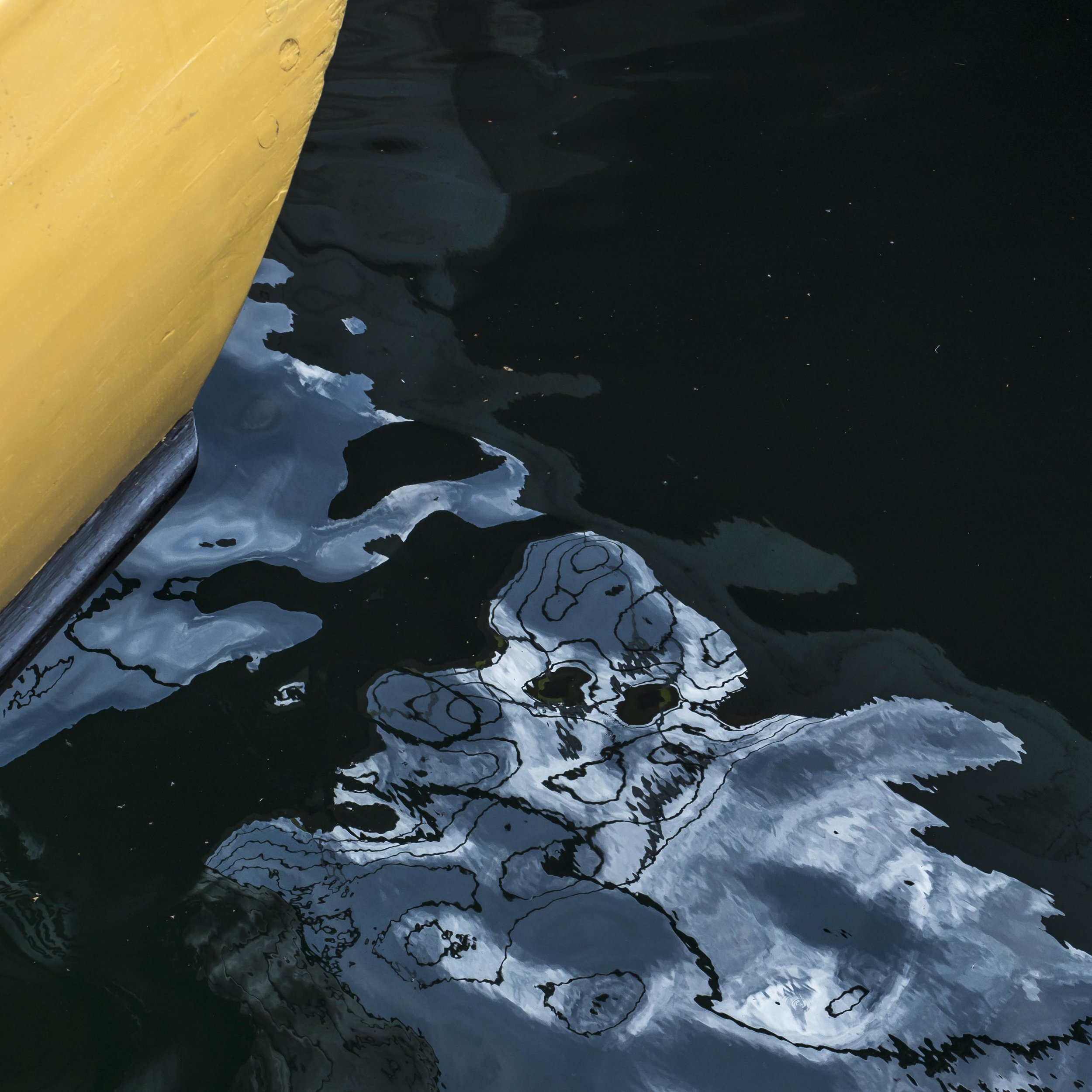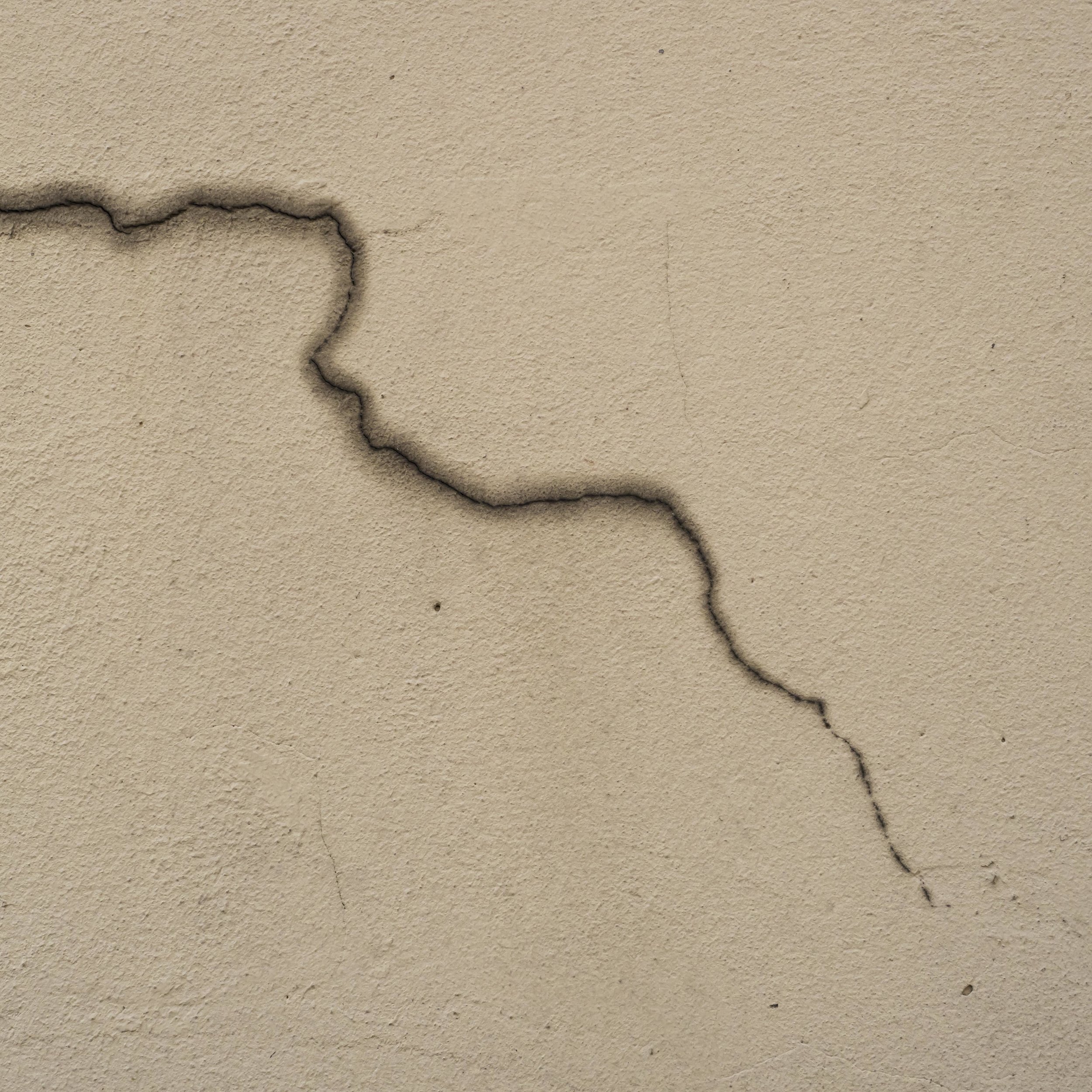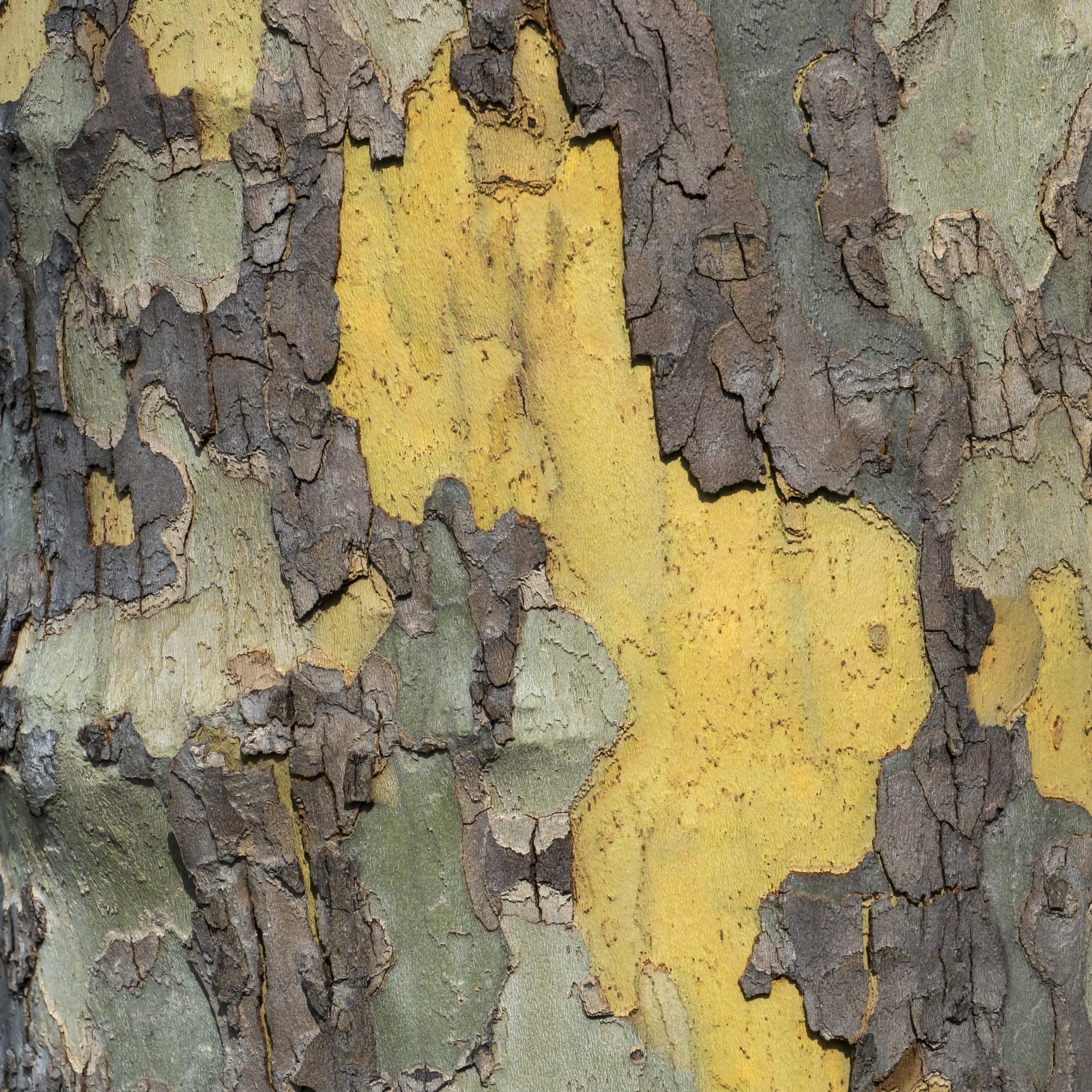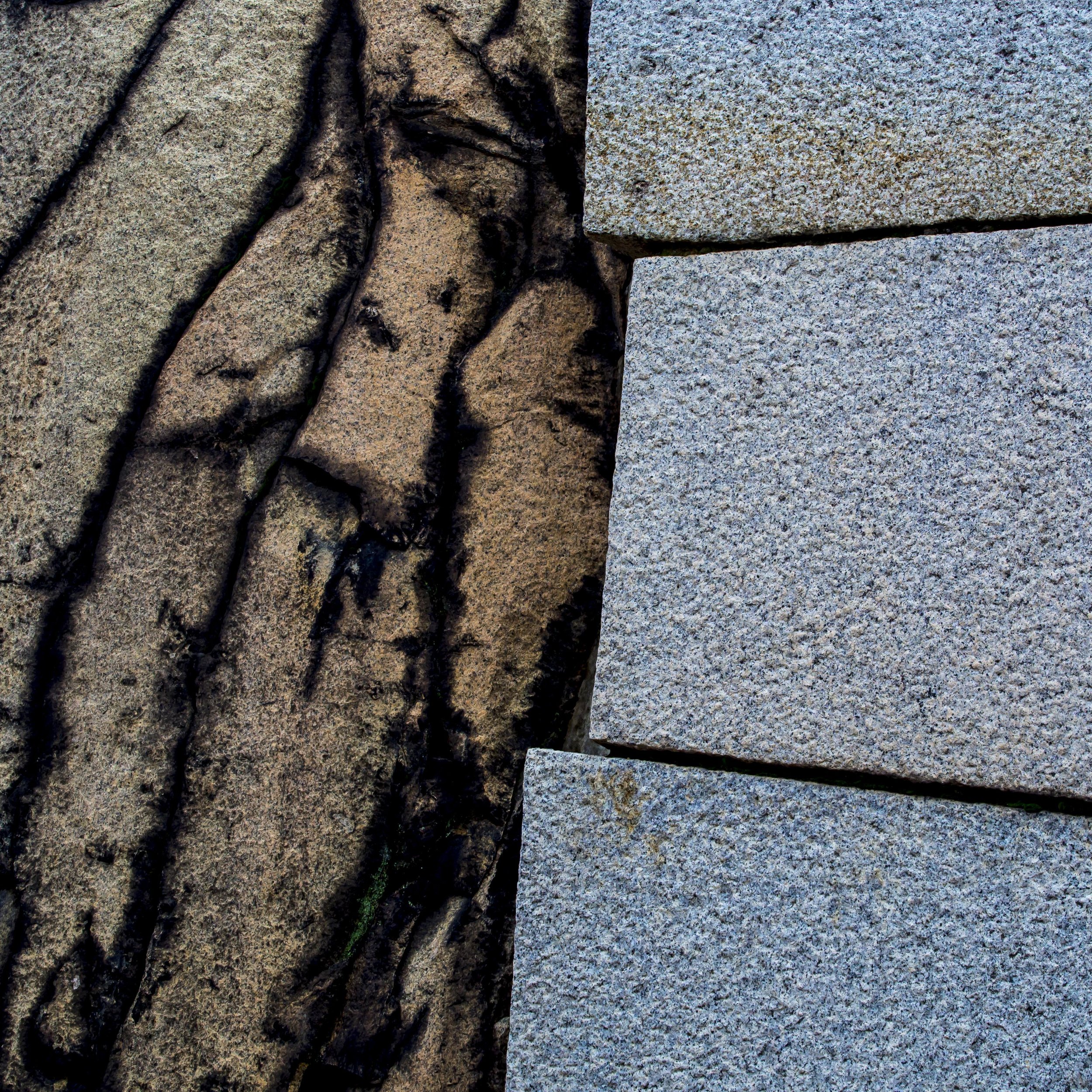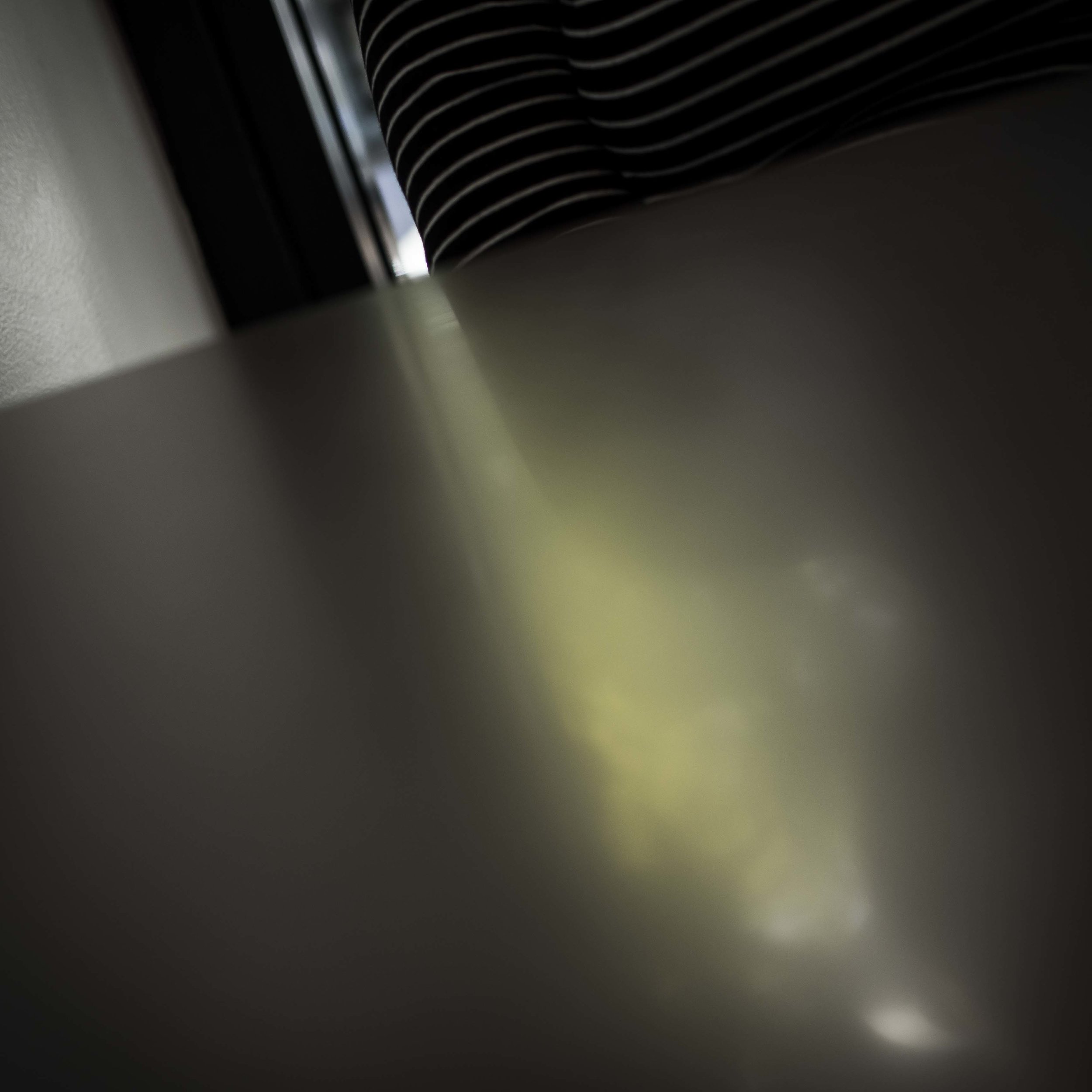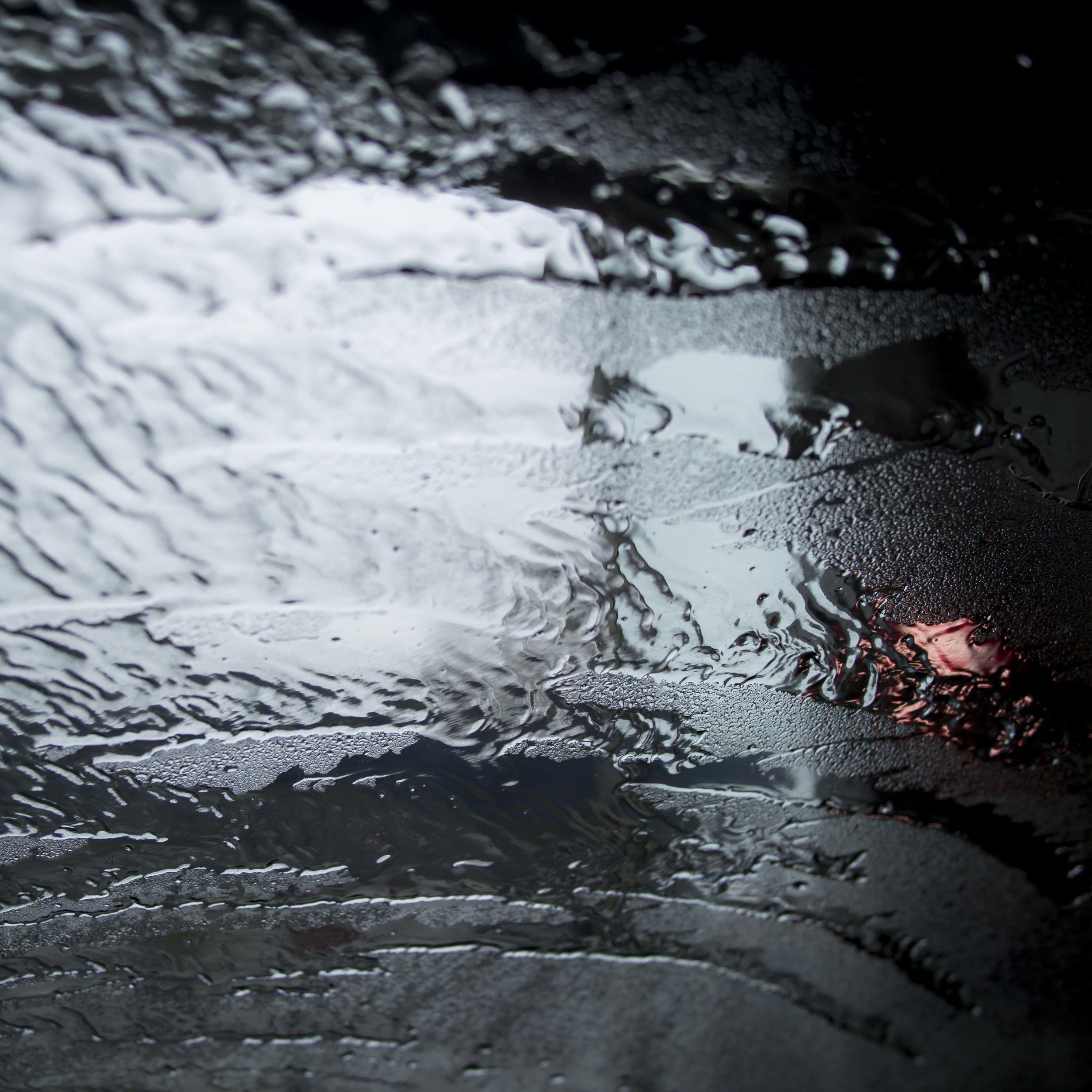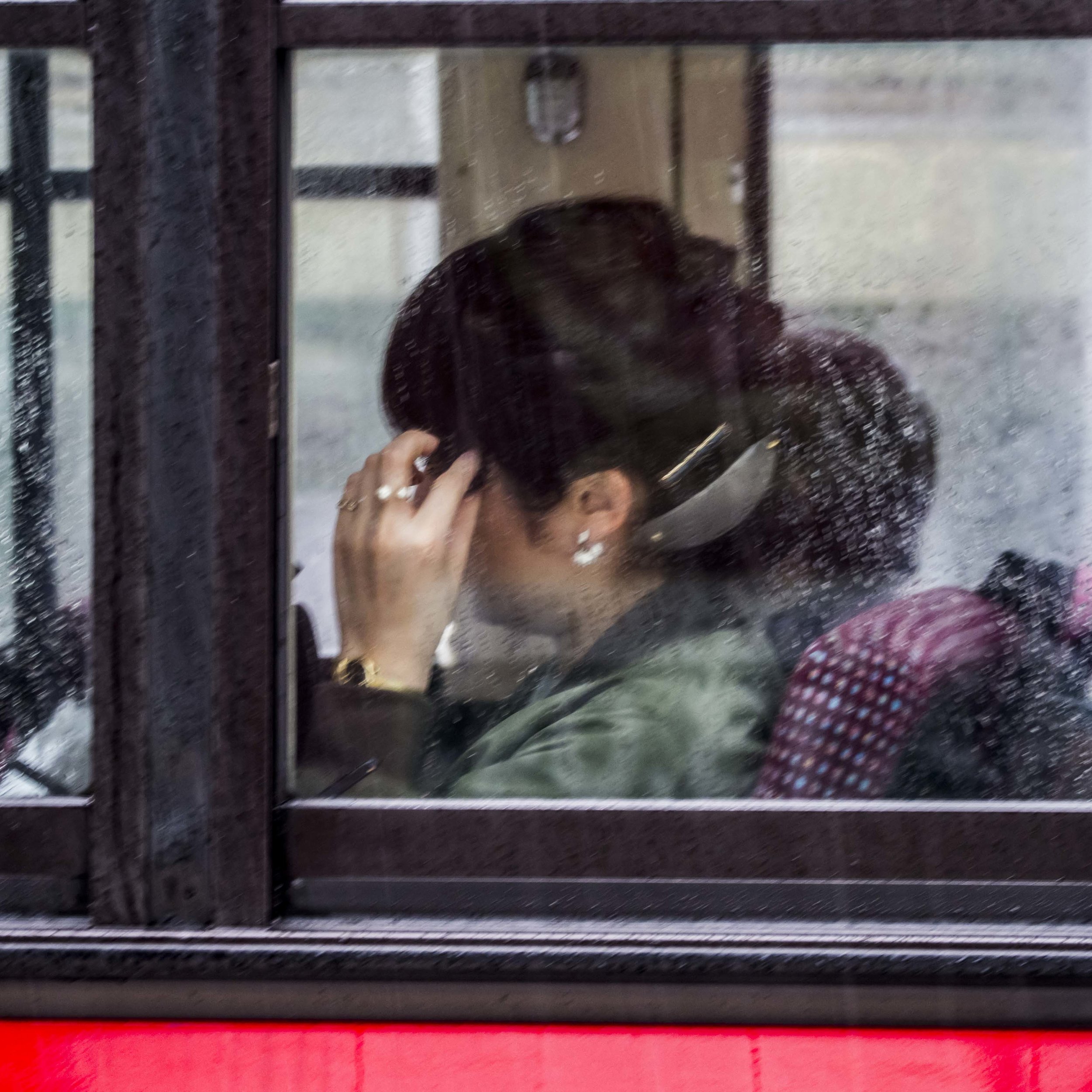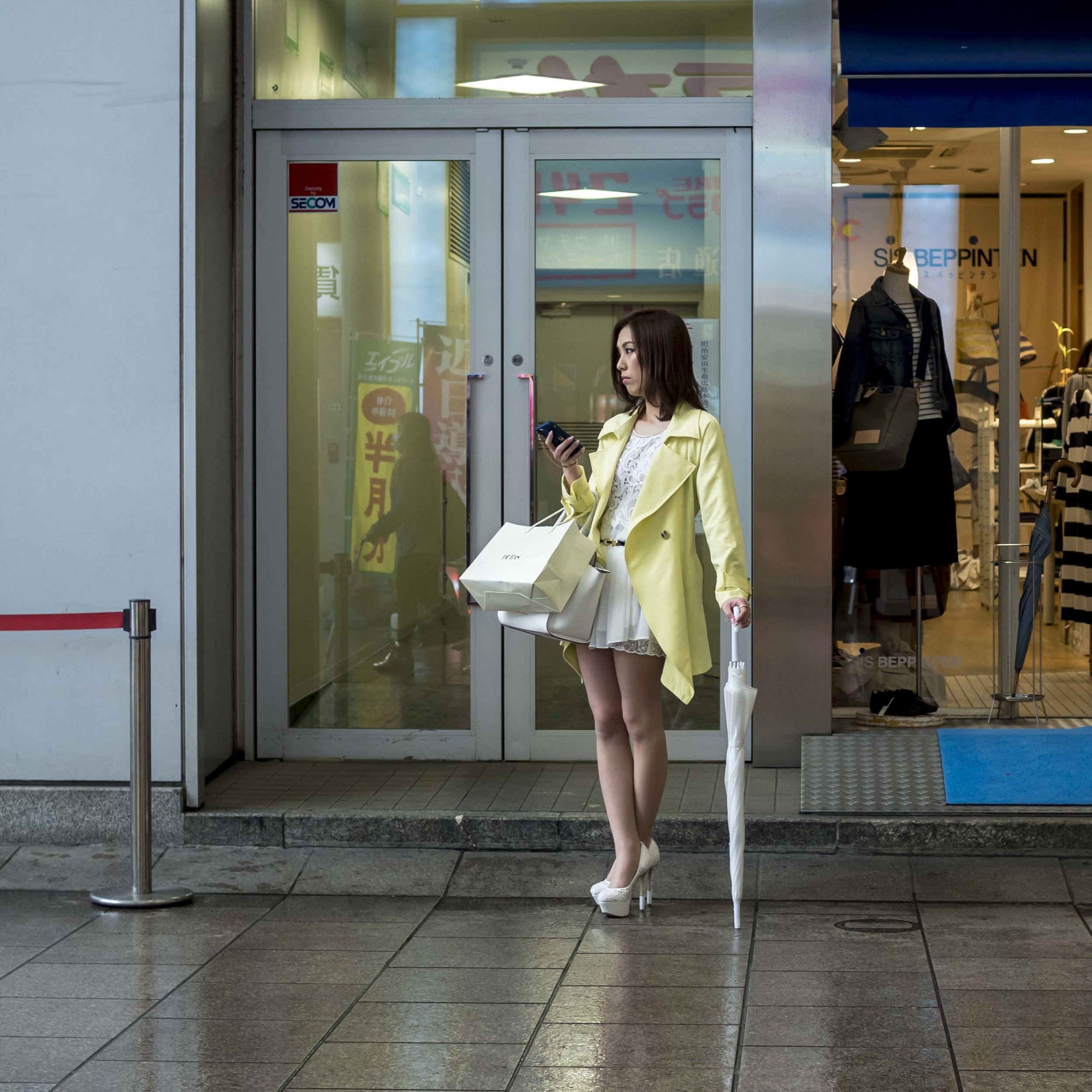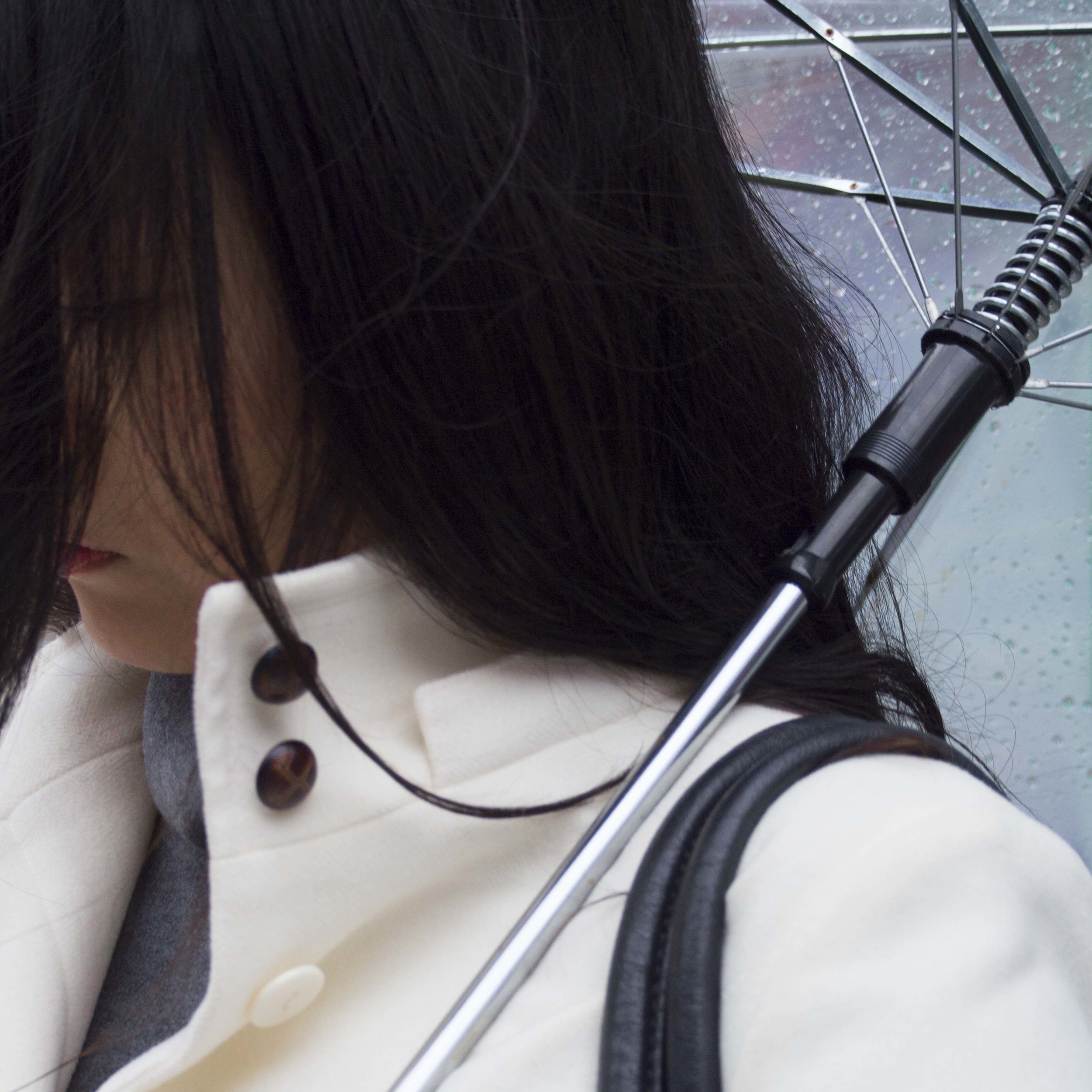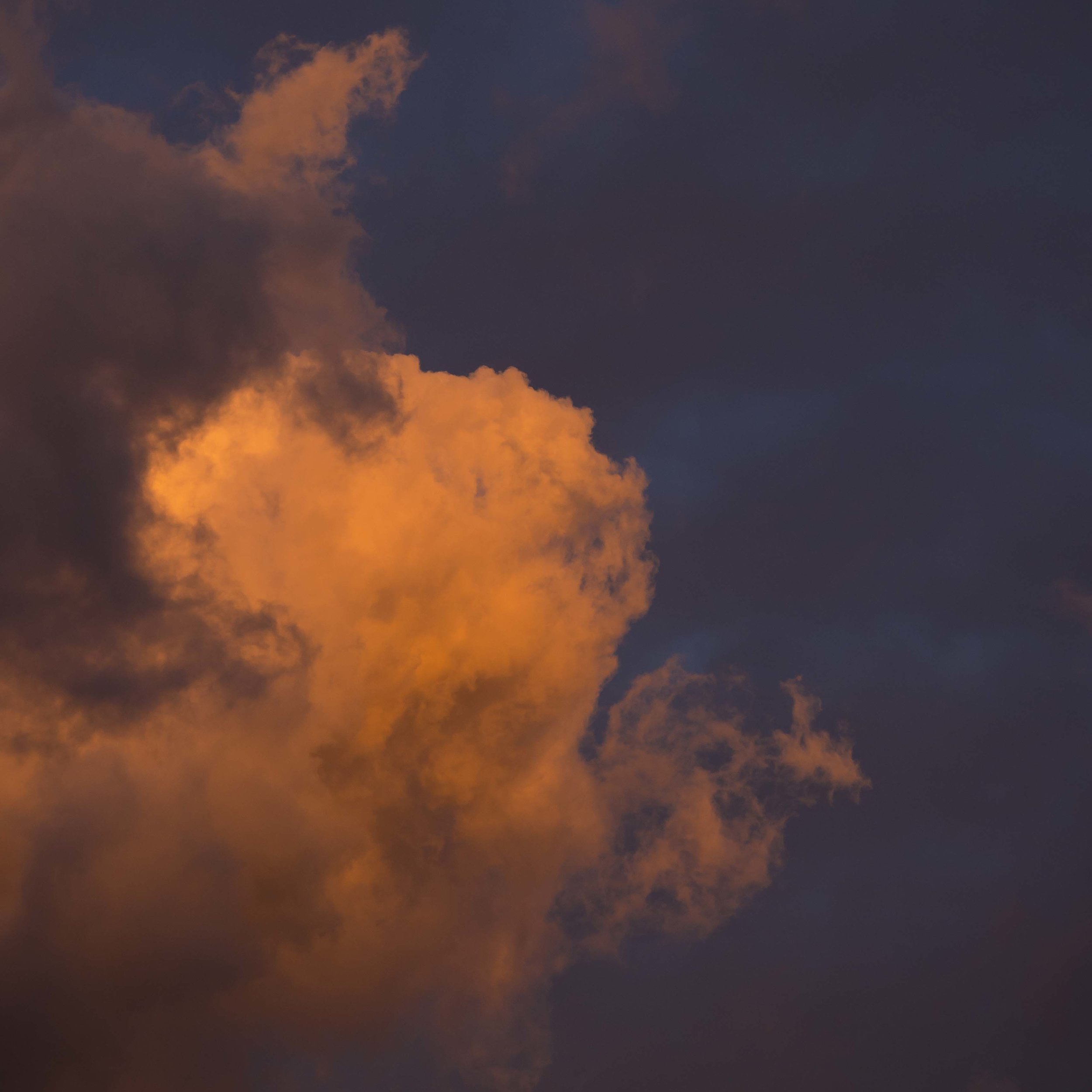The Haiku posts are simply a triptych of images that may spark a Haiku like sequence of thoughts. Most have a theme hidden in them (sometimes a title if provided that may hint at that), but it is only relevant to me, so your mileage may vary. The point is for you to create your own, non rhyming, three line poem in the form that inspired them.
Haiku #53 Kyoto
Assessing the square a month later
After a month of clearing out my library and applying the square as appropriate, I am starting to feel better about the process, it’s limitations and benefits.
landscape. The square generally suits my style. The semi abstract, tight and neat crops I like are ideal for square. If I were a regular wide angle user, I do not think it would work for me, but as a landscape-portraitist, it is usually better to crop square than not.
The balance of the single tree, sloping lines and tones really fit in the square. In a normal rectangle, this image is too loose.
Semi abstract “found things”. This format and style are made for each other. The chaotic nature of the subject, often perceived as tones, textures or patterns really suit the rigid neatness of the square.
I have always had trouble with this stand of lilies. The square allowed a more ordered and tighter interpretation. I cannot see myself moving away from this style in the short term at least.
Street. This is the odd one out. The reality is, many of my street images look stronger in square, but often they loose the “eye wandering through the frame” images I like to try to capture. This may be because they were not shot this way, but it looks like they just do not swing unless they are effectively portrait images. It looks like I will shoot street 4:3 and crop to match the needs of the image in either 1:1 or 2:1. Either suits.
Tight and to the point.
Maybe more indicative of a man lost in a crowd?
The square is a time proven winner for portraiture, so no issue there.
Haiku #52 Up
Haiku #51 Directions
Looking around in Kyoto
Haiku #50 Glimpses
Haiku #49 Kyoto
The Future of the Camera Industry?
Looking at the most recent releases and talk from Nikon, Panasonic and Canon I am even more confident predicting the future camera market. Here is my take on the 3-5 year plans from the big guns and the rest of the markets response to them.
The bottom end.
Phones will effectively eliminate the basic compact market. The few genuine classes (long zoom/1” sensor/under water) will slowly become even more specialised gear as their offer looses popularity (I am not saying they will be irrelevant, just suffer the fate of going up against the more desirable option much as film did with digital). 1” sensor models will become more “real” as this has always been the desire of the designers and customers to have (or have the illusion of) a genuinely capable camera.
The small (smart?) sensor category.
The M43 and 1” sensor category will become a specialised “small” sensor market, appealing most to the hybrid video market, the people stepping up from the limitations of a mobile phone and those who are genuinely conscious of size and field specific benefits of the smaller sensor. The compact camera as we know it will cease to exist, being replaced by these 1”+ sensor cameras. Their design will be varied, almost made to measure. Many (not all) of the limitations of the sensor will be overcome by clever technology, but this very same tech may be also used by the full frame+ category to further enhance their offers.
Olympus
Olympus will continue to offer a valid, though limited alternative to larger sensor cameras. Their choice may well be validated as the other brands go fully into full frame territory at the expense of supporting smaller sensor format (sensor cropping option on a full frame excepted), but they cannot afford to fall behind in any other areas*.
Panasonic
They will split their focus between running second fiddle to Olympus in M43, playing the role of video specialists and with their full frame (+) range where they will have ambitions of knocking off Sony in full frame video. if their S1 takes a chunk of Sony’s market then I see them going heavily that way, but I doubt they will abandon the m43 format in the short or even medium term and even if they do, much of their tech may end up in Olympus cameras anyway.
Fuji
Fuji is the odd one out here, offering something solid on either side of the full frame format. Their medium format offer will likely come down in price to make it more competitive against full frame and their APSC format range will likely add some muscle at the top end of the M43 category, although their sensor tech is often compared to full frame. (Pentax may go the same way).
The next market segment is the Full Frame or bigger group. For the customer in this category, there will never be too much.
Canon
Releasing a full frame mirrorless in the budget category, before they hit us with a pro model, has confirmed to me that they see (have stated in the past as always seeing) crop sensor format as an entry point option only (why the F#%k did they use another mount for their crop sensor mirrorless making it effectively a separate range!).
I can see another 1D model with a mirror, but it will really be a hybrid, with the mirror kept until everyone’s nerves settle. The next will be a full mirrorless. They will probably offer a 1D “C” upgrade without a mirror (why put a mirror in a video camera?) and the following model will merge the two. I will go out on a limb and say there may not be a mirrored 5D again, as their next release will likely be that very camera, but maybe they will feel the need to fight the D850 with a 5Ds/5D cross over in the short term.
Sony
Sony has been conspicuous in their lack lustre support of crop sensor models, aiming them clearly at the vlogger market, so again, I see them continuing as they have with the crop sensor models only as long as there is a perceived need or until full frame pressure from their competition forces then out. They do have a meagre range of crop format glass and full compatibility with their full frame range so it will probably not hurt them to keep one or two models around.
Nikon
Nikon has no showing in smaller mirrorless formats (no, I do not count the stalled V/J 1” models), so to me they will be looking at replacing the D5 with a mirrorless model and try to become the “kings of mirrorless” in their following generation. The D850 is the best full frame (non video specific) camera on the market at the moment, mirror or not, so it will hold them true for a while. Their track record as leaders is poor lately, but maybe the need to ascend will be impetus enough to try and lead rather than follow.
Both Canon and Nikon have release 3 year lens road maps, which is a good sign and each have taken the road of “full frame needs big lenses, but mirrorless can offer better big lenses”, rather than the “mirrorless is always smaller” B.S. they (all full frame makers) have tried to sell. There is a slight chance they will re-invent their 1” cameras to compete in the smaller sensor market, or maybe that will just quietly go and they will try the more conventional 1” compact direction.
Adapters
Adapters will become standard practice. Growth of cross pollinating primary brand and after market lenses, even legacy options will make the adapter the smart option rather than the compromise it is currently seen as.
Lets see how that pans out.
*Personally, I do not think that M43 has run it’s race, but I do think that it is a tipping point. The next stage (advanced tech) needs to be rolled out quickly and efficiently or they will loose precious market share (perceptions are everything).
ed. After a night with Nikon, looking at their “Z” series cameras, I am even more sure of their commitment (they have to really), but less enthusiastic about the cameras themselves. Lovely mount, brilliant lenses, excellent sensors, very well made cameras, but 3 year ago AF performance. They will get there, but it is funny how they can convince themselves they are on track, just like all of us early adopters did a few years back (Fuji X100 anyone?).
Hobart for the Weekend.
Due to a family illness, we spent the week end in Hobart (only just, as it was 97% booked out).
Between hospital visits, we wandered through the city on a lovely, gentle Sunday morning.
Trying to be more discerning, but still binning 80% of the images.
Still unsure about the Em1, over the two days I had resolved to sell it (there is an EM5 kit on offer at work in near unused condition). Re-thinking that at the moment, but it is still a camera that feels out of place in my kit/life (too heavy, too big, faster than I need and uses different batteries, that are not that much better in performance to the Em5’s and require a different charger).
After a couple of days of light shooting I came to several conclusions;
I do not like flip and rotate screens for street. Flip up are better,
The shutter button is fudgy when filed with my thumb at lower angles (but lovely with my normal shooting finger). This is annoying as I often shoot with my left thumb when in close to people.
The batteries are not all they are cracked up to be.
The Em1 and 12-40 are not a comfortable hold for long periods. I am a healthy bloke, but the dead weight of these two for hours on end is a fatiguing distraction. The 2 EM5’s, one on a strap and one in hand are much more comfortable for full day shoots.
Not dealing well with the files (they seem lack-lustre and flat which is me I am sure). They react differently to the Pen F or EM5’s and lack the fine edge snappiness I am used to, but different is good as long as it has it’s use. I feel the files in the other cameras have a strong opinion, where the EM1 files are little more flexible, but maybe more wishy-washy. It took me ages to get control of the Em5’s files, where the Pen’s were just a revelation. The EM1 files make me feel like I am having to come to them again, but differently.
On the good side, the files seem to be pretty robust and noise is well controlled.
AF is better. No misses.
House Keeping
I have re discovered the importance of good house keeping (well on the computer at least).
The main take away I have from mercilessly culling my library (some Japan folders have gone from 500+ to less than 100 images) is that;
The junk holds you back.
The more I get rid of, the happier I am with what is left. Whole days of shooting “touristy” subjects in poor light with no real goal in mind result in an endless stream of dross.
I find this depressing on so many levels.
Nobody needs to be reminded of their failed attempts. Why keep 20 near misses when only one image is a real “keeper”?
If an image of a subject, theme, place or person has not found a use in several years, it is unlikely to ever.
One of literally hundreds of Japanese castle wall detail shots. This one says pretty much what all of the others were trying to say and lets face it, how many should it take? Actually taking images through to the print ready stage usually helps me remember that I have covered the subject. Endless shooting and dumbing tends to leave an itch in need of continual scratching.
My wife and I have a saying we remind each other of when travelling, especially when shopping; “beware of least worst” syndrome. What this means is, do not buy the only thing that stands out in a shop full of un interesting things, because it will probably be the worst thing to buy when you actually find what you want.
The same holds true for images. Your photographic legacy will likely be twenty or so great images, with maybe three or four you are really defined by. Those real world beaters. How many thousands of also-rans do you want to be weighed down by?
Keep your stocks clean and you will see the value of your best work more clearly.
Camera and Lens Matchmaking
Nut case alert. The following may all be bunkum, based purely on intuition and personal bias..
Not overly superstitious, I do believe in intuition and gut feelings. Nature has blessed us with the innate ability to feel trouble coming or when something is right, but we have learned to ignore many of these “life’s sign posts”.
Sometimes a camera and lens just seem to like each other. I have 3 EM5’s, all cosmetically different, but the differences do not end there. Each seems to “take” better to some types of photography with certain lenses better than others.
I have had plenty of perfect matches in the past, each good at that one or a few specific things, but often poor at others. The european thing would be to keep each for it’s assigned task, but boring simplicity has forced me to part with some and commit to one.
5D mk2 and Voigtlander 40mm f2. This worked brilliantly as a low angle street set-up. The manual focus markings, smooth MF and small size of the lens allowed me good control and form factor on the 5D, although the camera lacked accuracy with the lens for eye level MF without a replacement screen.
The FF body seemed small in the hand with the 40mm pancake. In one walk through this market, I netted 20-30 useful images. The same walk months later with an XE-1 and 27mm was far less successful.
F1n and FD 50mm f1.4. This was the ideal one camera-one lens-one for a year kit in it’s day. The two just worked and produced great images. I had lots of other lenses at the time and no great love for the 50mm focal length, but this kit worked well enough to force itself into my hands.
EM5 and 50mm f1.4 Zeiss. Manual focus and a little too long, never the less this pairing worked a treat. The micro contrast of the lens and EM5 sensor were a near perfect match. I even found focussing it without peaking to be a more on than off dynamic, but not ideal for consistency. The Novoflex adapter I had was also a good tight fit making the lens feel genuine.
EOS A2 and 28-105. This lens had an odd history with me. I loved it some times, hated it others. It may have been a calibration thing, but on the A2 (EOS 5 without eye focus), the lens seemed to be faultless and capable of rendering it’s subjects delicately and three dimensionally.
EM5 and 17mm. This lens is a good fit on either of the older two EM5’s. It makes these cameras as good as they can be. The lightning fast AF and gentle, controlled tonal rendering seem very settled on these bodies. The wider AF area never seems to be an issue with this lens, where the newer EM5n (firmware updated) works better with the tighter focus area option.
So reliable.
EM5 and 75-300. Punching well above it’s weight, this lens has pulled off shots that have settled my regrets about selling the 400L Canon lens. The EM5 files have much on common with the files form the 1Ds Mk2 and this plasticky little lens is close to matching the Canon optically but is 1000% easier to carry and use. The only negative was slowish AF compared to the best Olympus lenses, but on the EM1 that is much less of an issue.
Even hand held at 1/30th this 600mm equivalent pulls off some miracle shots. At it’s worst (wide open at the 300mm end) it is convincing, at it’s best (75-200 stopped down 1 stop) it is utterly brilliant.
EM5 and 75mm. The newest EM5 mk1n and the 75mm are responsible for some of my favourite images. This lens shines in any circumstance, but this EM5n with it’s small area AF is more accurate allowing the f1.8 aperture to shine. The newer cameras are also excellent, but the EM5n and 75 have earned their stripes. I really should firmware update the other two, but I am a little hesitant as they are fine for the roles they fill.
1D2 Mk2 and 100 macro USM. Capable of snatching flying insects out of the sky or “perfect” fine art mono images, this combo filled me with confidence. The camera was a little dated by the time the pair were separated, but I would back it for any “portrait” style job near or far.
The 1Ds AF in low light was a bit patchy, but in good light it was cutting edge.
The 5d mk2 and 85mm f1.8. This little gem fit most Canon’s well, but the 5D2 and it were well suited. I could find the shutter on the Mk2 a little clunky. This was better feeling with some lenses and the 85 was one of them. The 135 f2L had much the same dynamic, although for some reason I preferred that one used as a 200mm on a crop frame.
1D2 Mk2 and 400mm with optional 1.4x converter. This little super tele and camera got the job done. I would go so far as to say, this camera was the best I have owned for any longer lens work.
The original file (lost for the moment) is of the whole monkey and a fair amount of the enclosure in landscape orientation (this is only 850 kb). It was taken hand held at 1/125th with the 1.4x ext. I had a friend with a 5d2 and lots of “L” glass who had never seen quality like this.
There is that excellent day time AF again.
Really, really good (this was taken with the humble 450D)
Pen F and 12-100. Although a camera designed for street and documentary photography, this camera’s sensor and lens just sing together. The sensor is the best Olympus has to offer at the moment for clean, low ISO, high sharpness images and the “hard sharp”, high contrast lens suits it down to the ground, rendering with near perfect clarity. Not a great fit in the hand for me, this combo is perfect on a tripod.

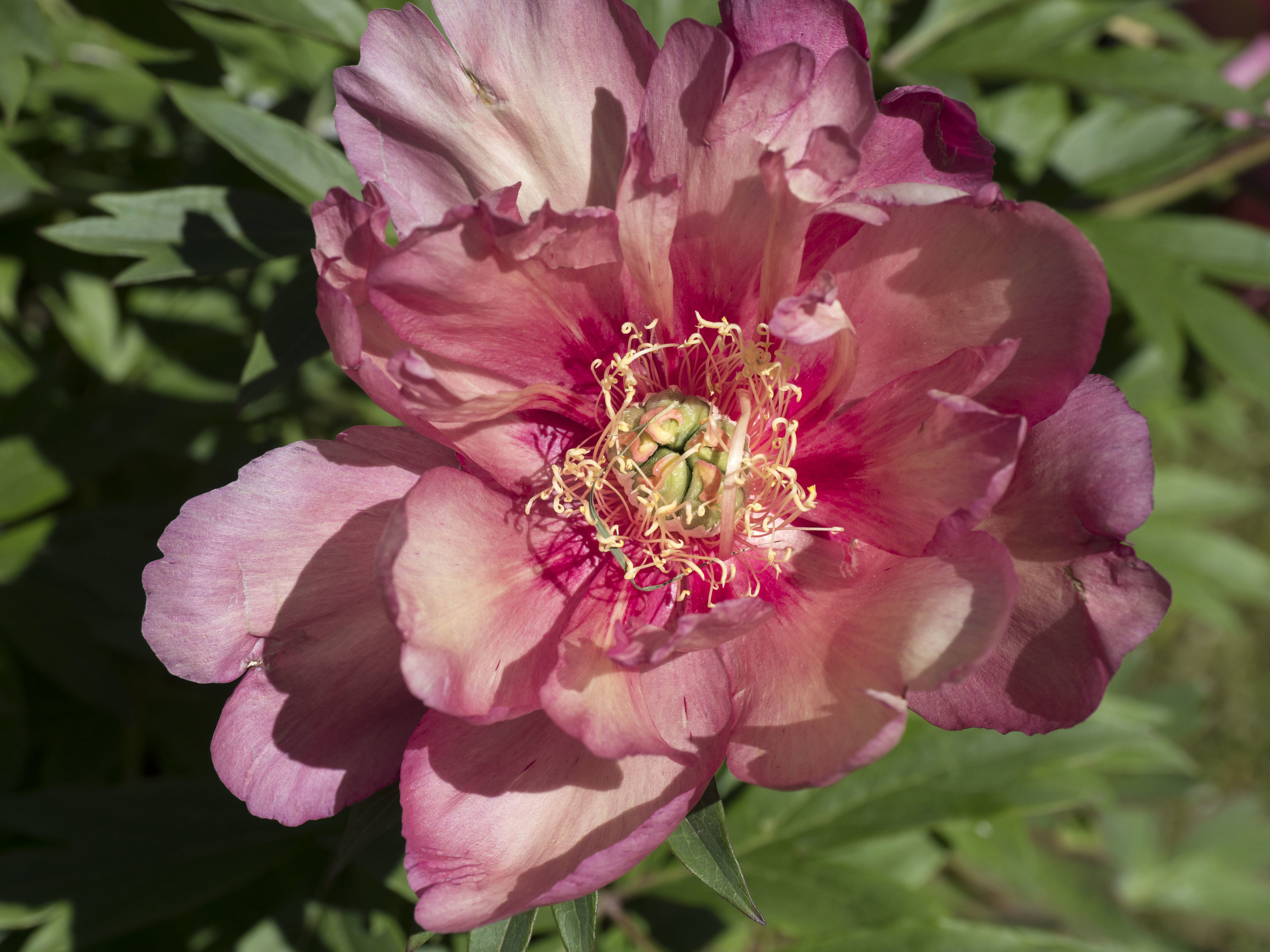
Pen F and 45mm black. Simply brilliant. The silver one tests much the same, but just does not do it for me.
OM4 Ti and 180 f2.8. This was a short lived pairing. It was a shame* as the images it took haunted me for years. My first foray into Olympus back in the 90’s was a shared experience with a huge Canon FD mount kit. Having an insanely expensive 300 f2.8 for the Canon forced the point at the time. 20:20 hindsight is a bitch.
XA-1 and 14mm. Not one much for wide angle lenses, this pairing felt strangely natural. The 21mm equivalent lens was the most natural feeling wide angle I have ever used and the XA-1 avoided the “water colour” issues of the X-Trans sensor. Like the Pen-F, this kit was perfect for landscape work, more so than any of the other model of Fuji I tried at the time (the XT 100 is very tempting).
Actually taken with the XE-1, but a good example of the lens’s unique, not obviously wide, look.
XA-1 and 27mm. Same as above, only a less obvious fit. The XA-1 14/27/60 macro, were in hindsight (again), a very powerful landscape set-up. If my jitters over the Adobe/Fuji incompatibility were less real and I used it more (I was not doing landscapes much at the time), this little kit would have served me well.
NEX 7 and 50mm f1.8. Not the best sensor/camera interface, nor the best lens in the range. I loved this pair for mono work. Black and whites were crunchy, contrasty and lush and Bokeh very gentle. The files did not look like film negatives as such, but more like good film era prints.
Delicate highlights, crunchy shadow detail. very film like.
*Loyalty to camera gear is a funny thing. years ago I parted with my Canon T90. That point was a change in attitude that broke any loyalty I had with Canon or gear of any type. No matter how many cameras Canon produced, how much their technology changed, I had little loyalty to my gear. I was on the hamster wheel, constantly upgrading, scheming, honing. The 135, 400L’s the 70-200 non IS, the 85mm, 100 macro and Voigtlander 40mm all hold a special place in my memory now, but at the time were surprisingly easy to part with (the cameras, for one reason or another and overall weight broke the system for me as well as the lack of a more practical 40mm).
My ideal Canon kit now would be a full frame (6D mk2) and crop frame (7D/80D) body combo, with 24 (40) T/S L, 40 (65) pancake (not available when I exited Canon), the 40mm Voigtlander also as a point of difference, 50 (80) macro, 85 (135) f1.8, 135 (200)L (or 70-200 (100-300) f4L non IS or the new IS one), 400 (640) f5.6L. In all honesty, i Canon had produced the 40mm a year earlier, I probably would have stayed with them, but in a lot of ways, I am glad they didn’t.
Olympus on the other hand was always a wrench to part with. The 90 f2 macro, 180 f2.8, 50 f2 macro and 28 f2 were true paragons of the lens makers craft (they would have been a good fit for modern M43 cameras). The impracticality of keeping them at the time, along side an overly complete Canon kit out weighed the respect I had for them, but hindsight (as mentioned before), is a bitch.
Subtle Shift in Thinking?
I am a prime lens advocate and user. This was almost exclusively the case and one of the reasons I switched to M43 (smaller lenses and cameras allowed the use of multiple, matched cameras and lenses).
There has been a subtle shift in my thinking. This is worrisome, as I stand by what i believe, that prime lenses have a lot of advantages both practically and philosophically.
better habits of visualisation and “in mind framing”.
better understanding of chosen focal lengths and their potential applications.
more involvement with subject and composition.
better compositional skills
increased immediacy (less lag in the compositional process).
lower profile, smaller and less obvious/intimidating.
faster (aperture).
generally sharper and cheaper than a zoom.
better ergonomics.
more realistic understanding of the “character” of a lens (often ideally suited to the job the designer intended it to do).
increased awareness and urgency.
Zooms have obvious benefits*, but these are (I feel) often false benefits for street shooting. The added choices in perspective and magnification come at the cost of more choices (composition confusion), a slight disconnect to the subject and a little added lag when zooming to compose. I really believe that a practiced hand, in tune with the focal lengths they use regularly, will get the shot, often more creatively, than the zoom user.
Compositions are very personal things. Making a composition with a fixed perspective allows the mind to concentrate on the frame at hand, moving the available subject matter into a suitably balanced shape. This is especially true of perspective and depth, which changes as much as magnification when the focal length is changed. Zooming promises the potentially perfect composition, which in my case causes “paralysis by analysis” rather than clarity of thought. This has possibly come from my own habits, but it seems inherently natural.
Time to zoom? Probably not. The fleeting looks and the fact that I was moving, made this an instant grab or no grab at all. I also knew that the lens (17mm) would render the background cohesively and gently, which i cannot guarantee with a zoom. Add to this the very small form factor that went unnoticed at very close quarters, where a substantial zoom may have been too obvious. The third face on the hard right could admittedly have been included with a slightly wider focal length, but again that would have been at the expense of timing. Actually shifting composition within the field of view available would have been quicker.
Primes remove a lot of the “flat footed” framing that zooms can make us all guilty of. We have a lot to think about when framing on the fly. Subject placement, timing, exposure, depth of field and focus. Add in zooming and there is tangible added lag time for the process.
The self regulated fix for this is to pre-zoom to a marked focal length (often one end or the other) and leave the lens there, effectively treating it like a clutch of primes. This is what I am considering for my own work. The problem with this, is getting to grips with the various focal lengths (fluid for 12 to 40 or 24-40 equiv as opposed to a fixed 35/90 equiv.). This is a lot of variety in perspective and field of view. Another issue is the temptation of using available focal lengths that do not suit my ideal for street (distortion added by a wider than 35mm equivalent).
The lure stems from a “one camera, one lens” dynamic, but the reality is, I would likely only use one end or the other, so the added weight and reduced speed would likely impede rather than help.
*When shooting measured, time rich landscapes, their features are perfect, but for near instant street images it just adds one more element to be controlled.
Cathartic Cleansing Sparks Joy
I have been clearing out the hard drive over the last week.
Self editing is tough. I waver between keeping most and binning most. Some days I just cannot decide so I walk away. On rare occasions it seems too easy, so I make myself walk away.
The process has become;
select all (from a subject or day file).
deselect those that need to stay.
reject (“X” in Lightroom) the ones that are still selected, then trash them.
dump them permanently at the end of the session or the next day, providing a small cooling off period.
This has allowed me to clean out hundreds of unused files, that to be honest I know would never have been revisited. On the other hand there have been a few surprise files that have emerged from the dross.
A deliberate OOF abstract on the Geelong pier. The lone survivor of about 50 hand held, low light shots that were all technically sufficient, but boring as bat s#*t.
Many complete files have gone. For example a 176 image day in Melbourne that netted me nothing outstanding. Coming across these files has really been depressing. The same old “not quite” (or not even close) images, that for no good reason seem to be left for years.
Some are leaner and meaner and very occasionally they are left almost intact.
Observed habits and lessons learned;
Too many repeat shots as back-ups, that are either unnecessary or replace the original that should have been dumped. This is a habit going back to my film years and is redundant in digital. The “6 of the same” thing is really frustrating to edit. Lots of uncertainty and all too close scrutiny for what usually ends up being 6 keepers (pick one) or 6 duds (pick none).
Lots of files are stronger cropped to either square or wide. Very few are ideal at 4:3/3:2, although many have been shot too tight to fix. This format indecision has plagued me from the start. The square is not perfect for everything, but there has to be point of conformity so the images I capture are more consistent.
Overloaded hard drives, full of images you know will never see the light of day, are really not good for the soul or mind. The groaning hard drive, difficulty in finding single images, resentment at the numbers, knowing they do not represent the actual value of your work are all counter productive. Use them or lose them.
I am getting more succinct in my shooting, but on the other hand seem to have a poor memory for what I have done already, sometimes repeatedly. Lots of the Japan and Melbourne abstracts are blending together as crap (lots of bare trees against buildings, with very few of any real value).
I need to be more conscious of my filing habits.
*
The reality is, unless you are working for a client base or trying to record a lot of images for a book or similar, your real cache of images, the ones you will print or treat as your portfolio work is (and should be) very small*. If your interests are varied, you travel a lot or have several styles that you are trying to perfect, then each needs to be addressed, but outside of that (and the need to record data), the bulk should go.
The danger is of course, is needing a file that had no significance before and has since been dumped, so a realistic “safe” level must be established. This is personal and tough, but I advise going slow. Cull the obvious, then revisit and keep whittling down until you feel uncertain. Go past this point only when you are sure. It gets easier once you get started, but it is also easy to get carried away.
*Most of the greats of photography are known by most of us for a small portfolio of their very best work. They would usually have a larger one that is more subject specific and a back catalogue of support images, but this is often representative of less than 1% of their actual captures over their career.
